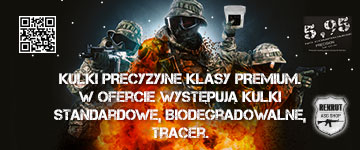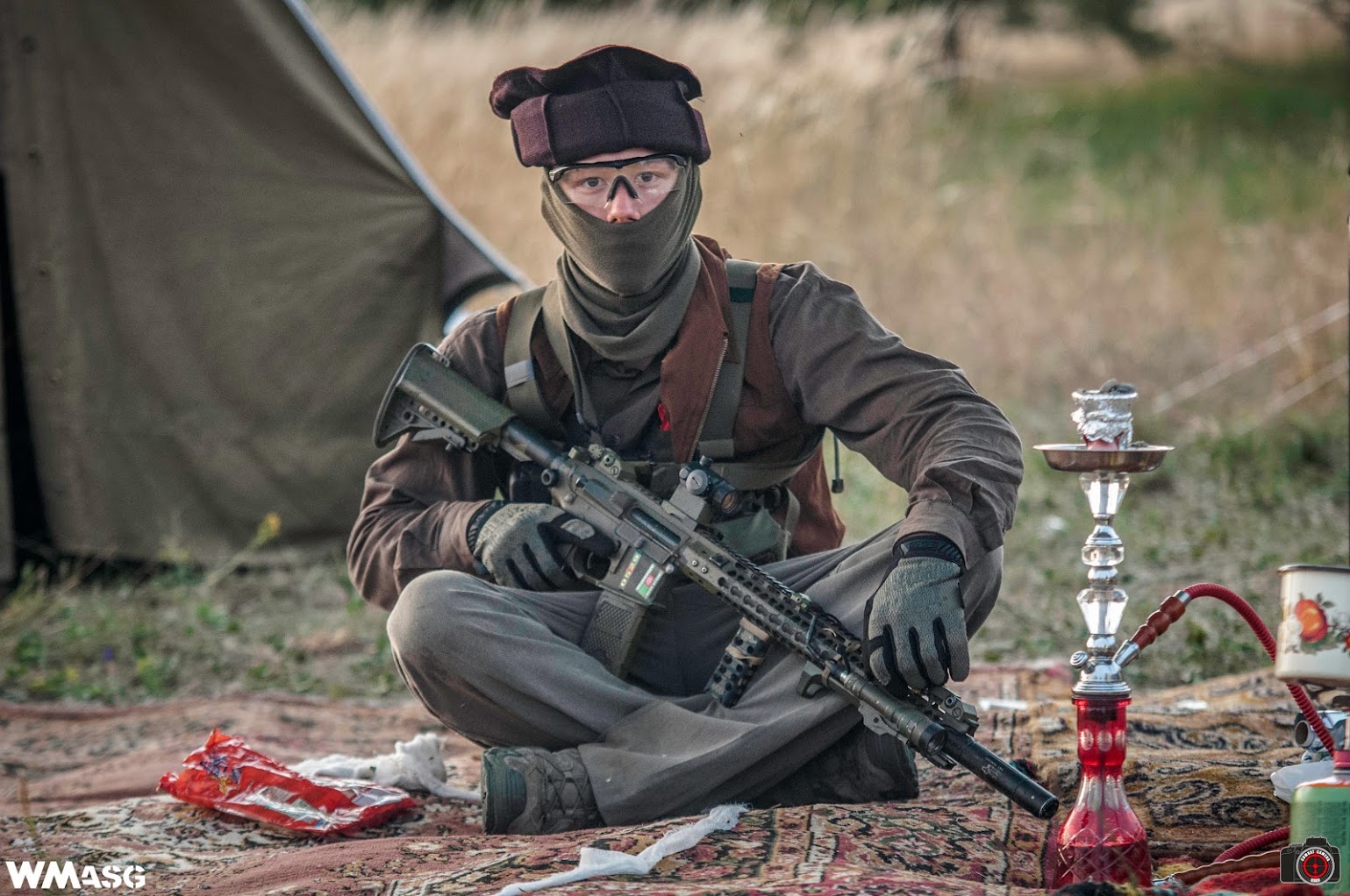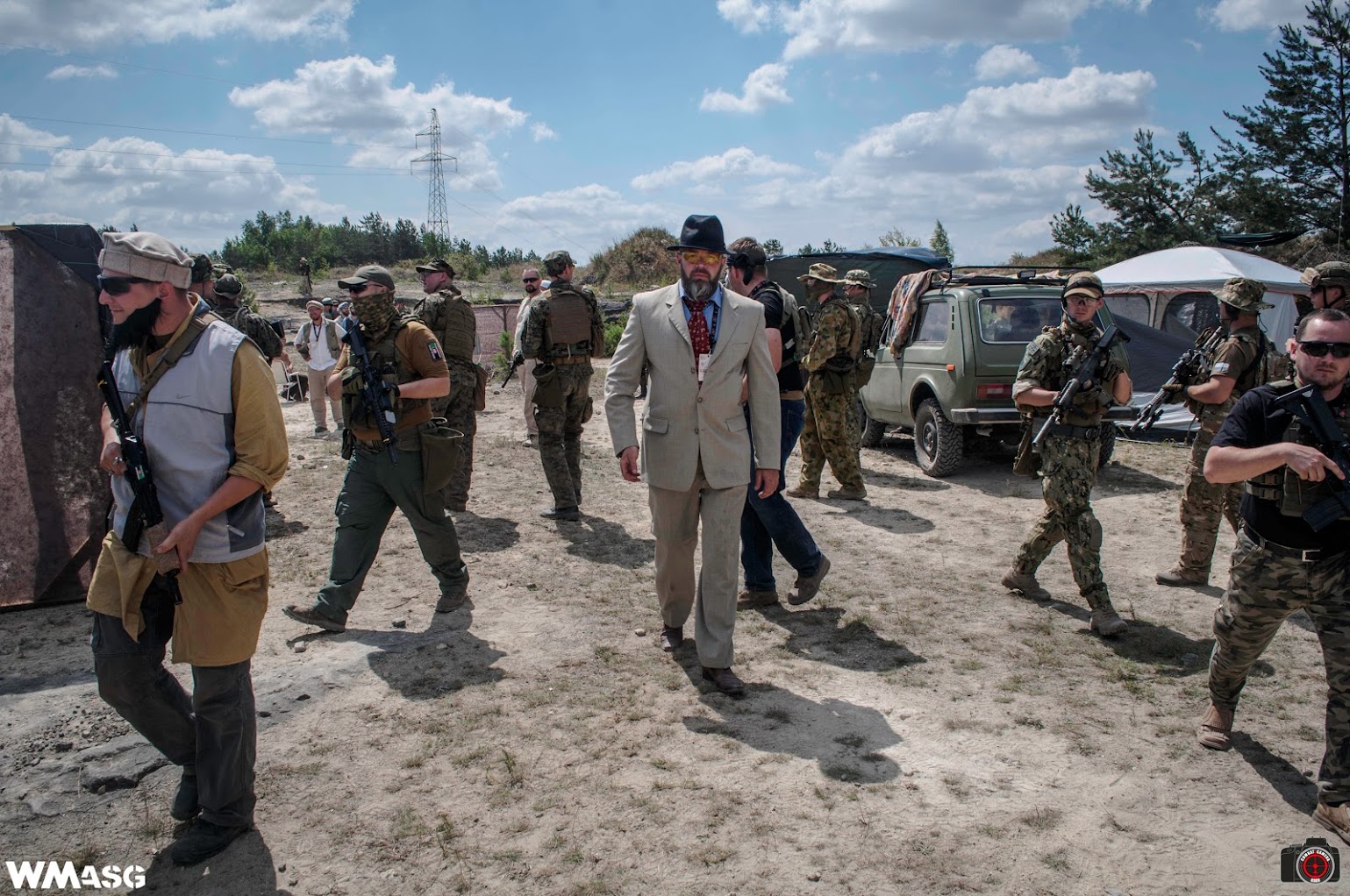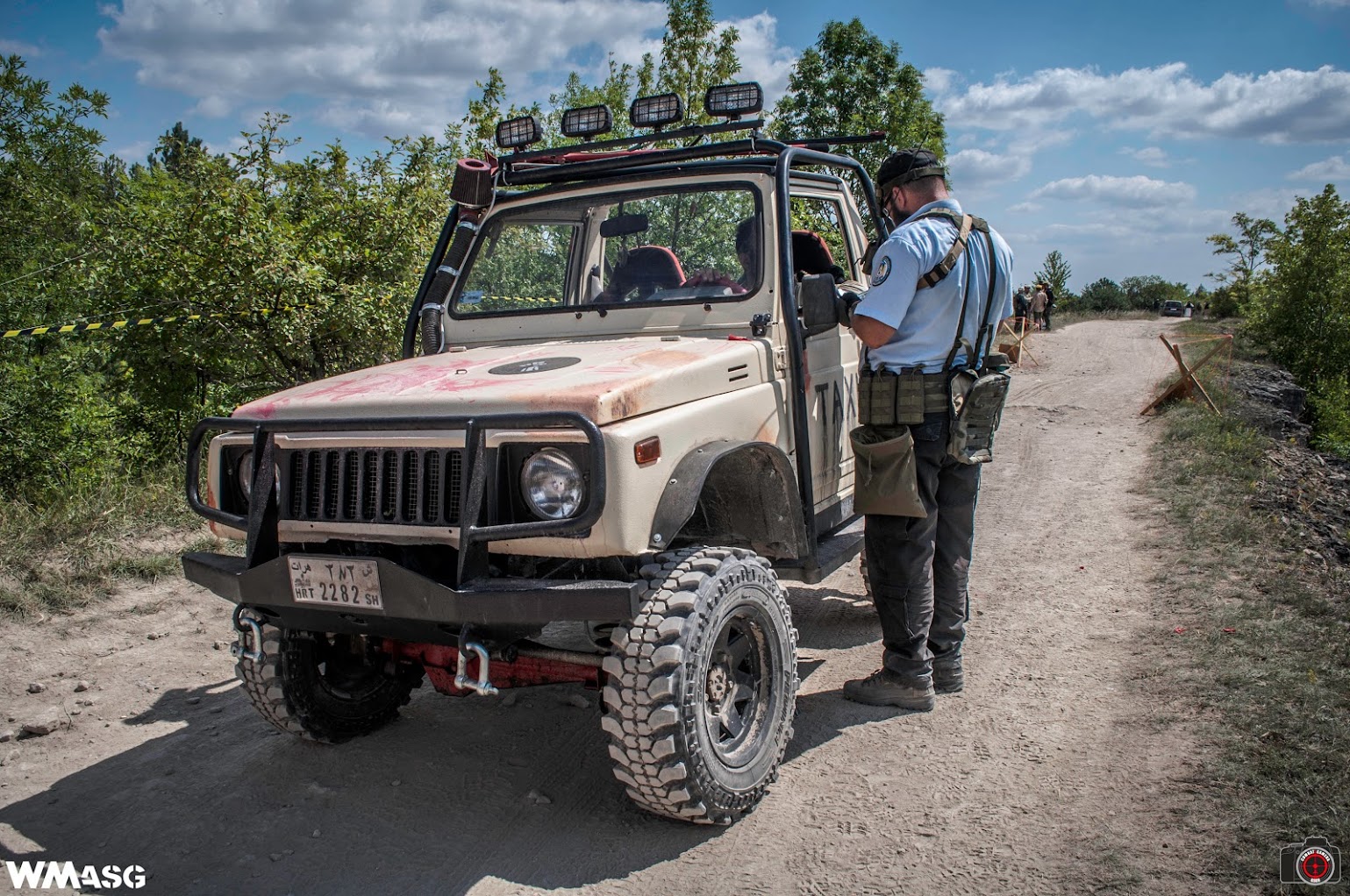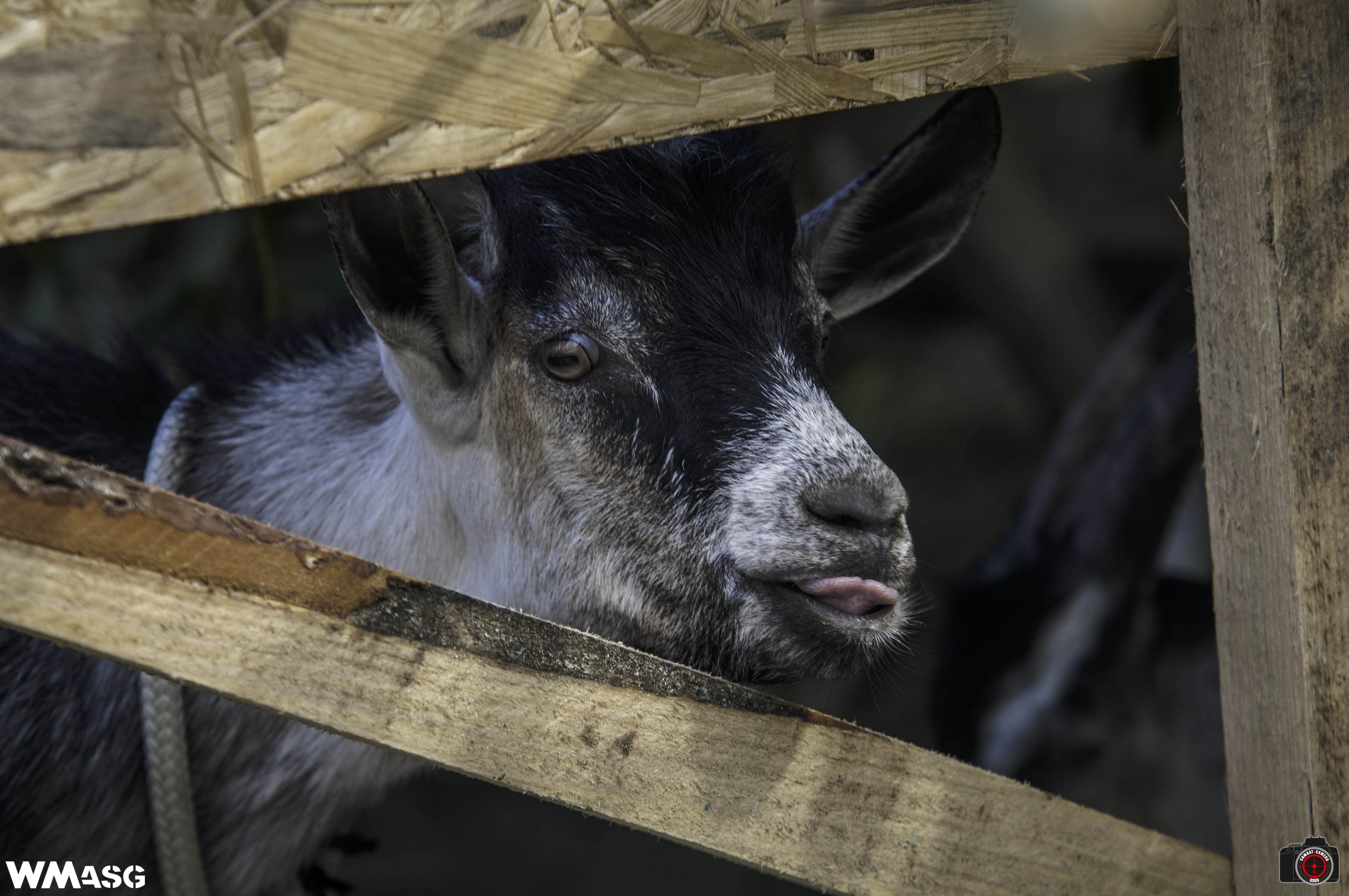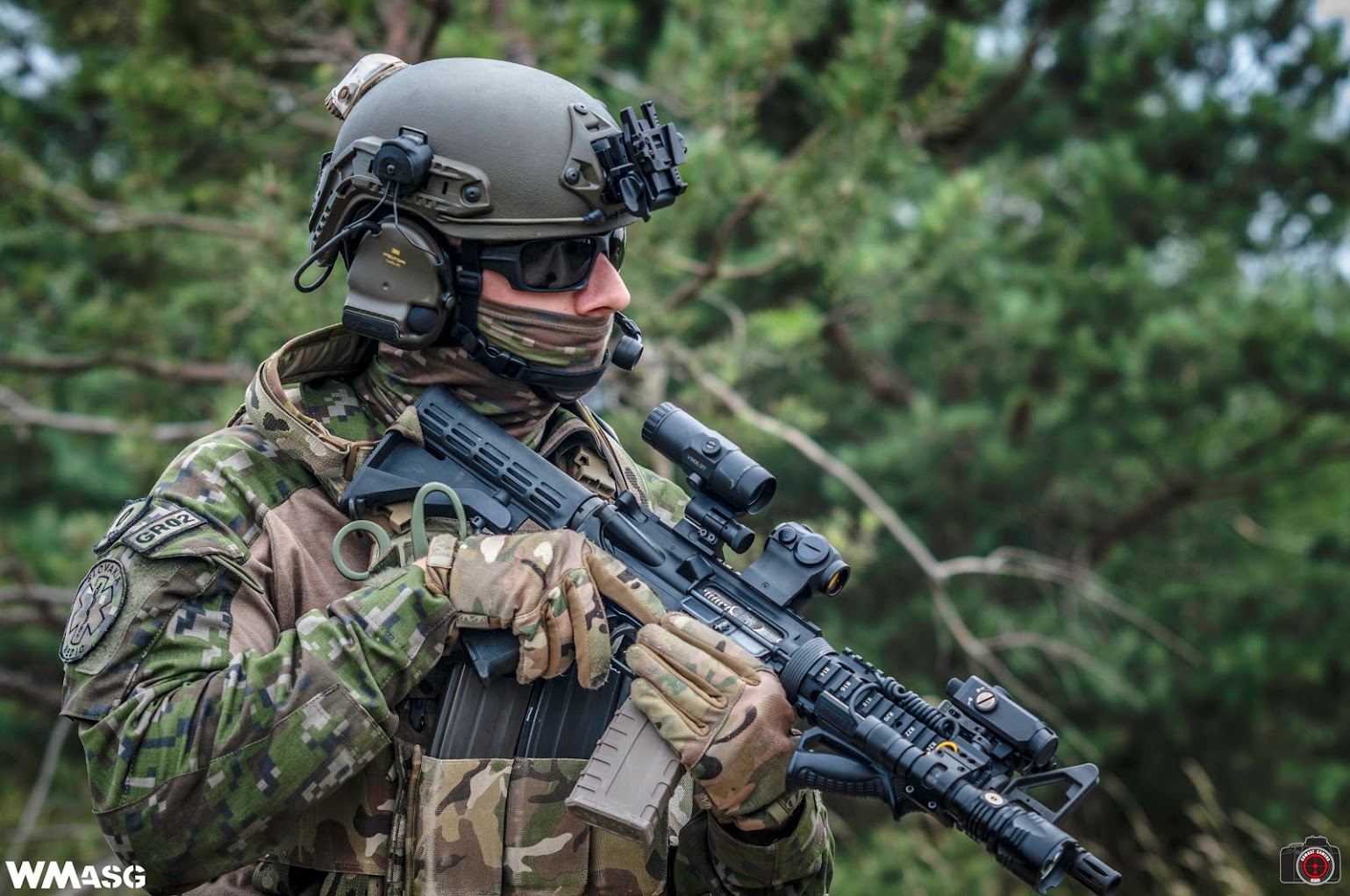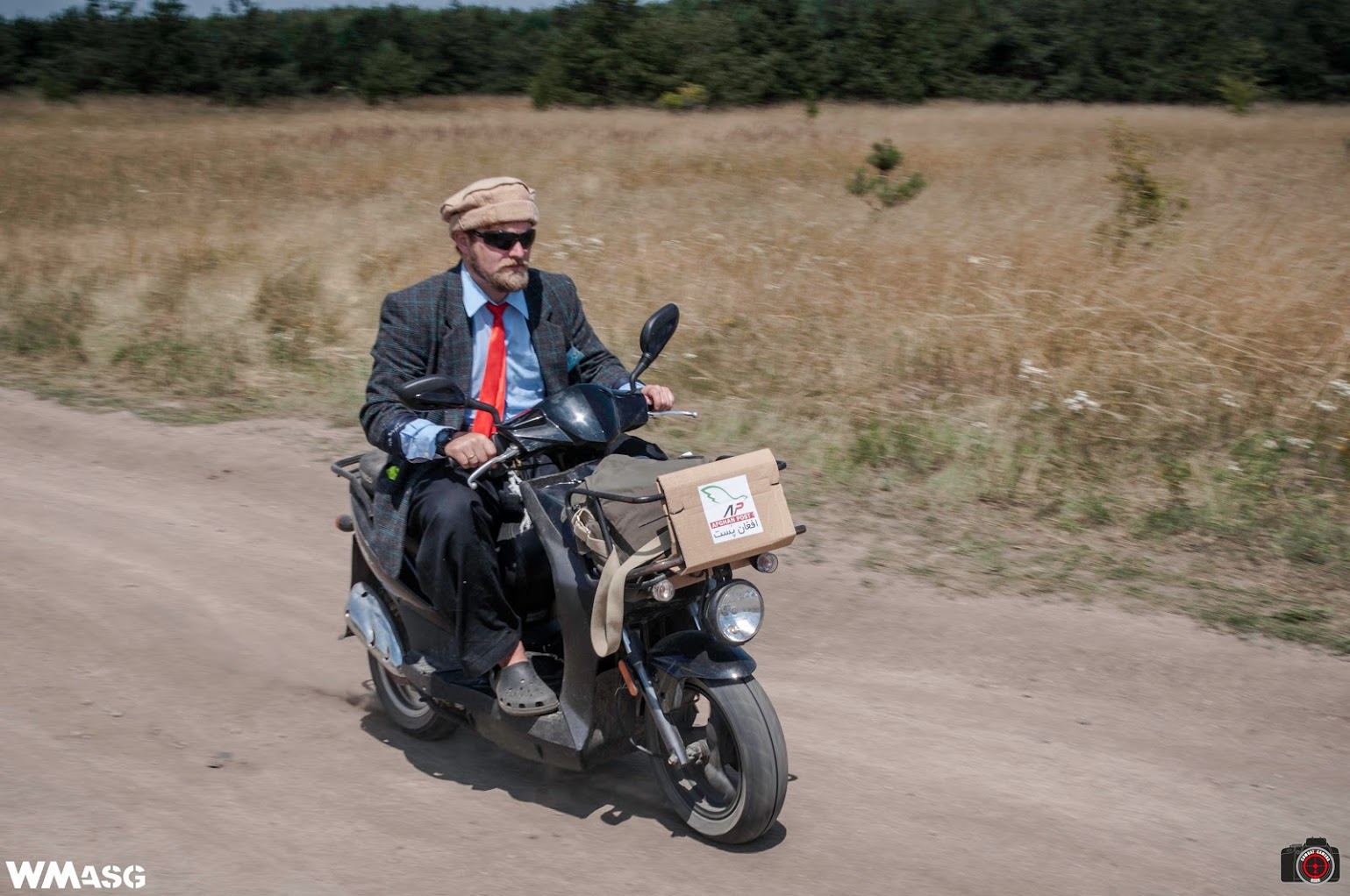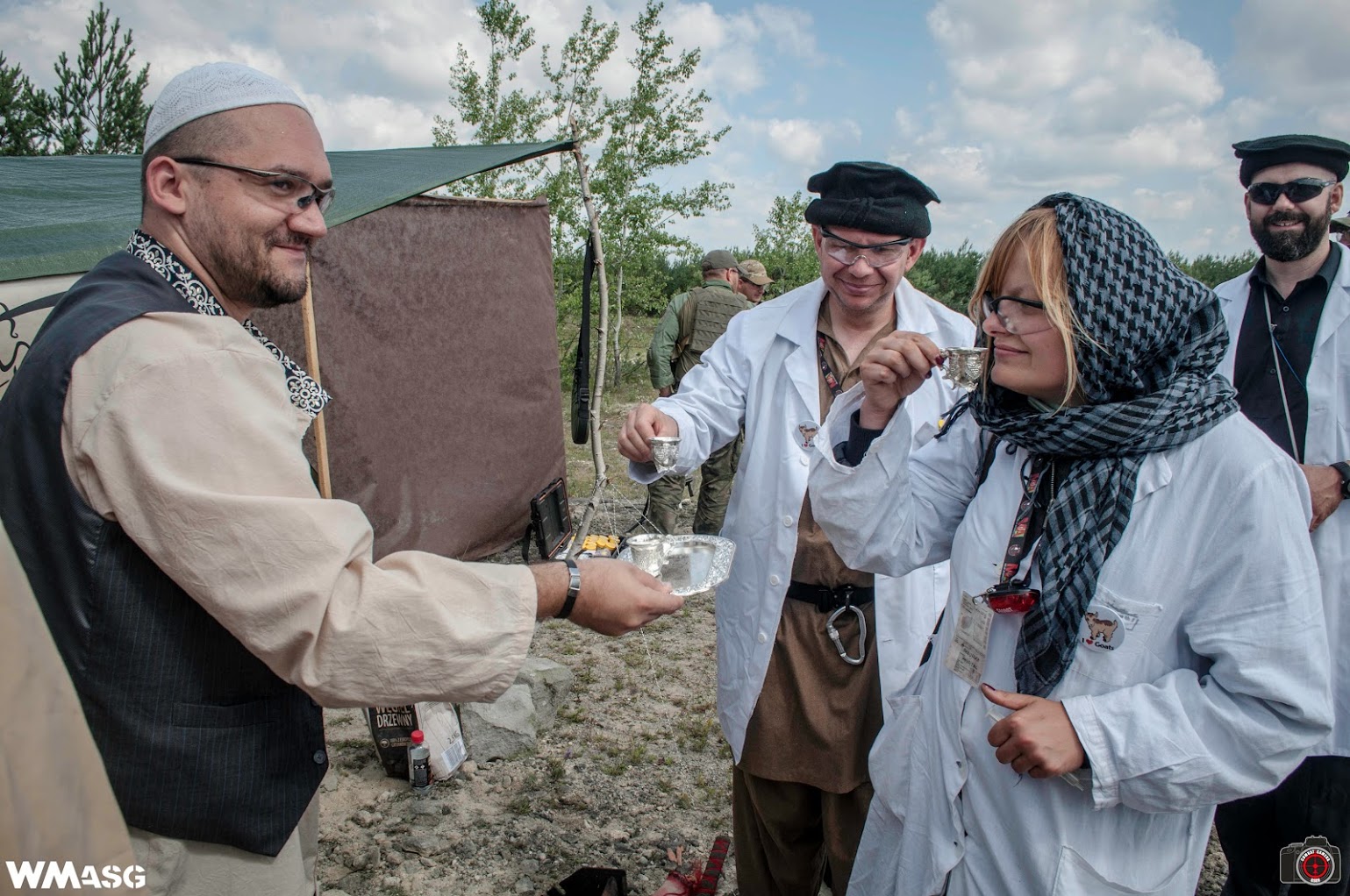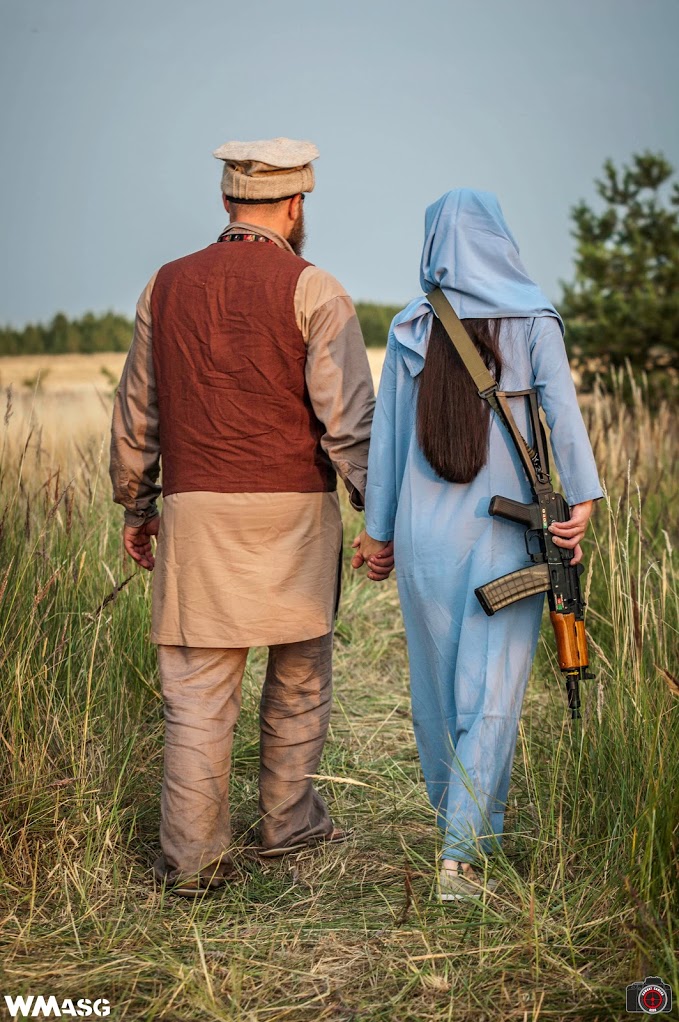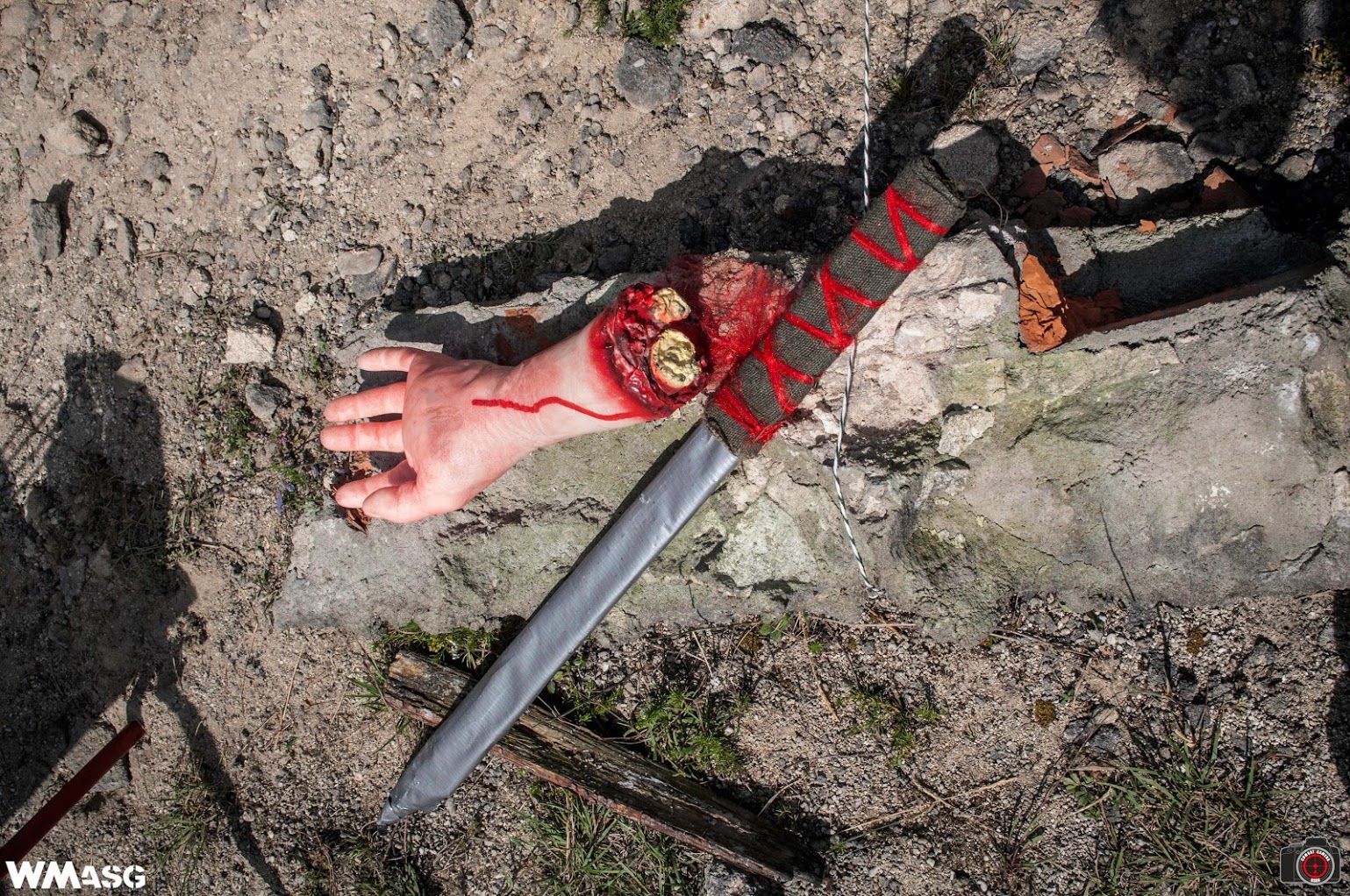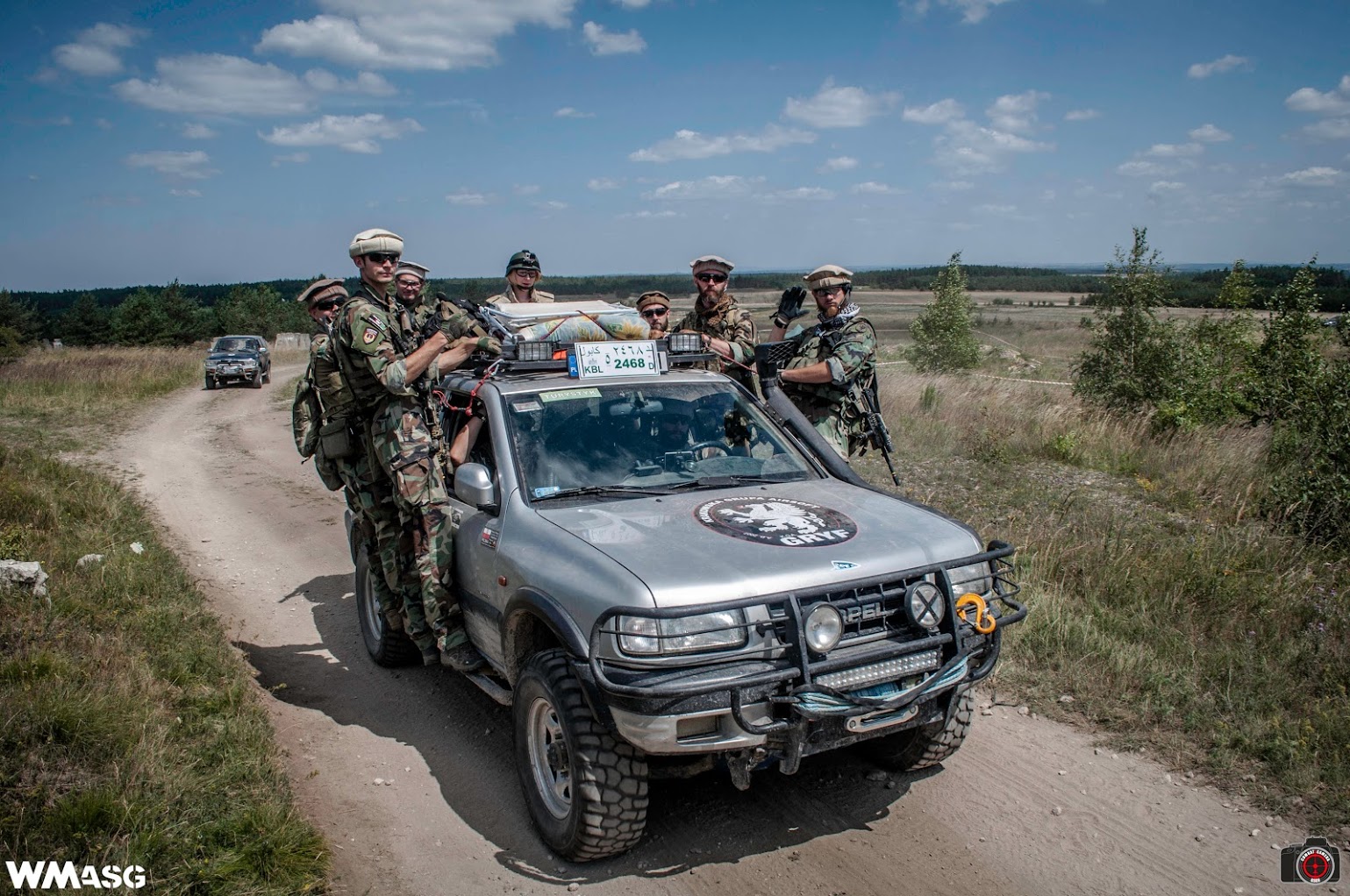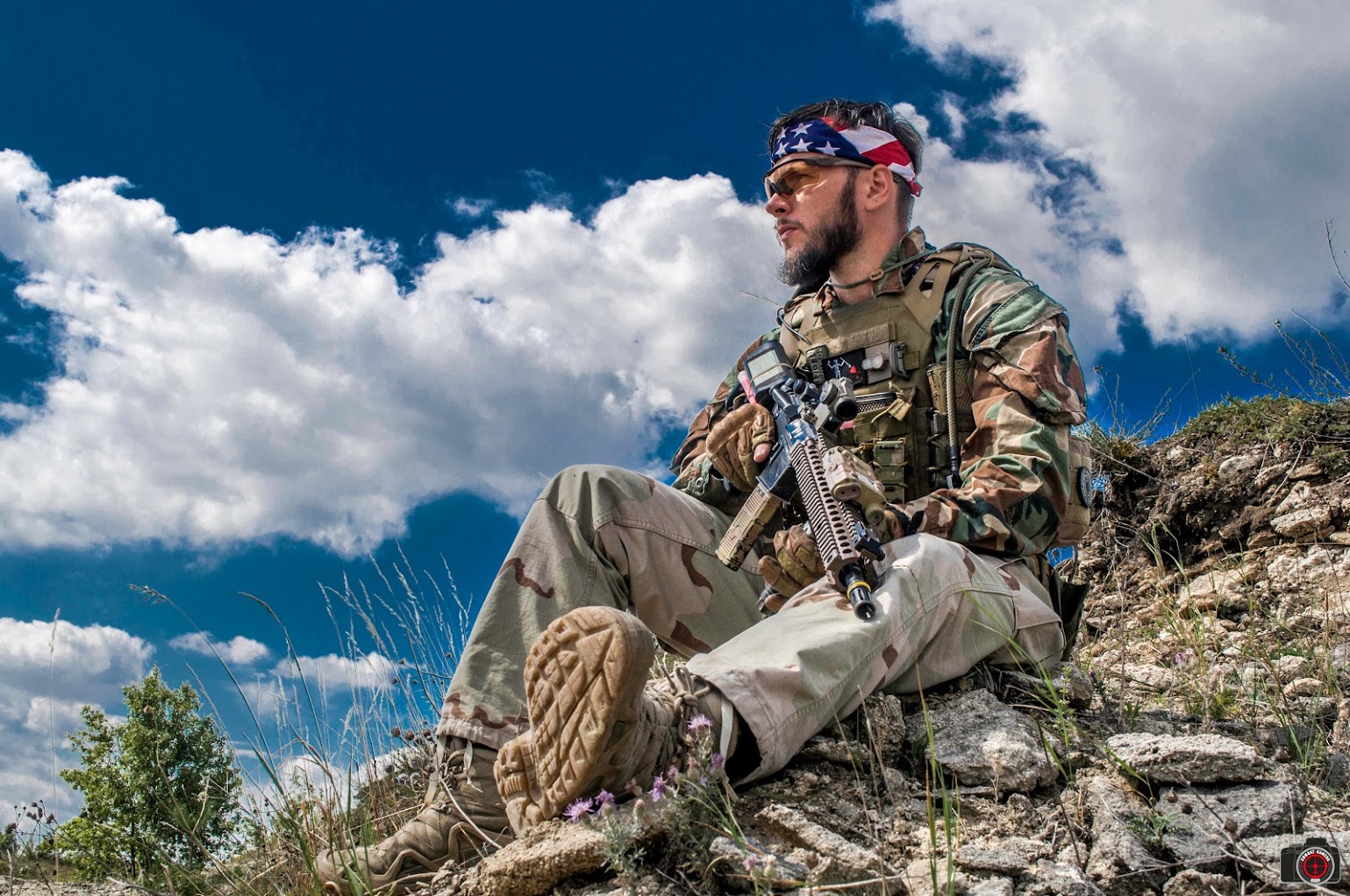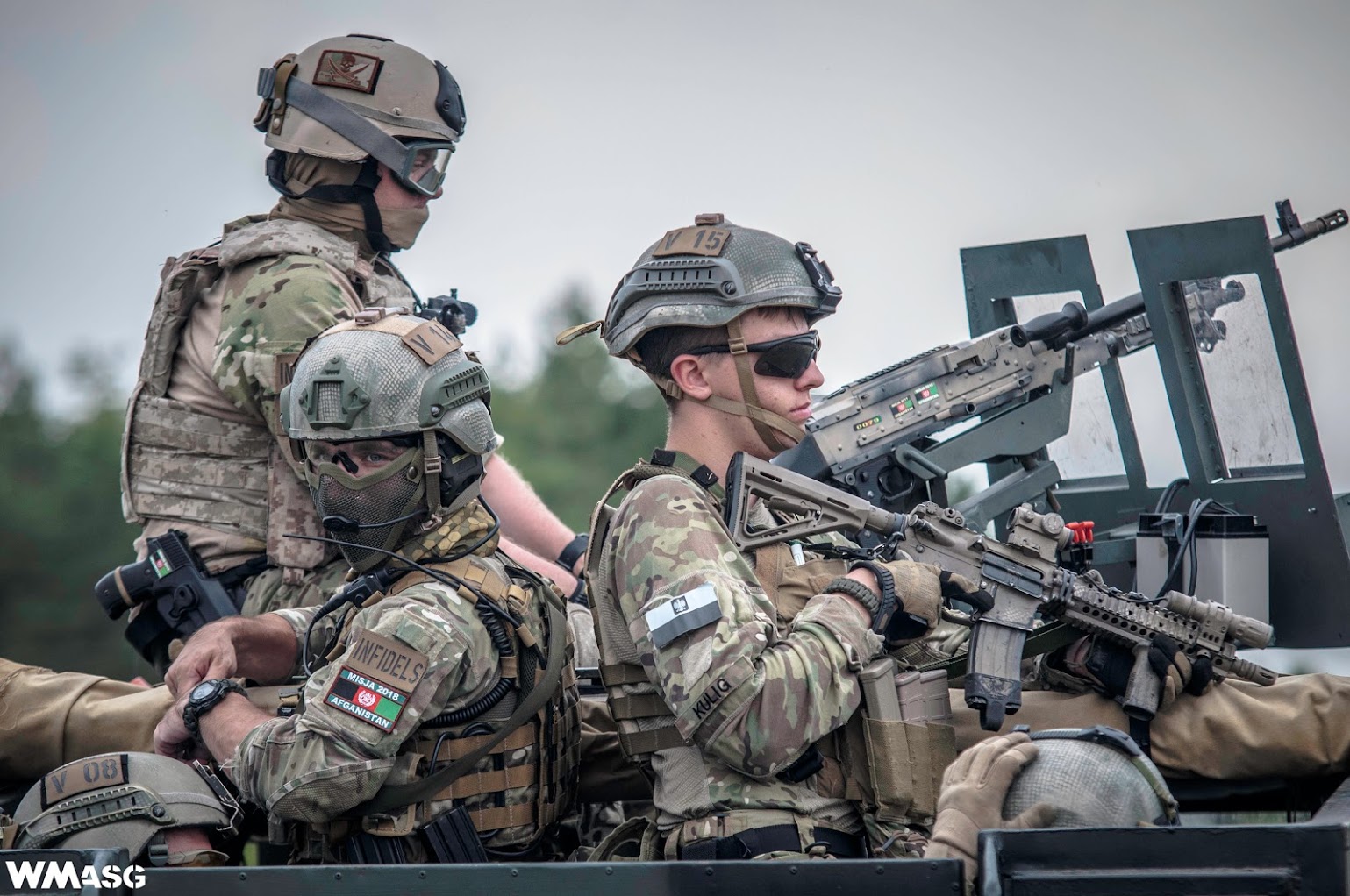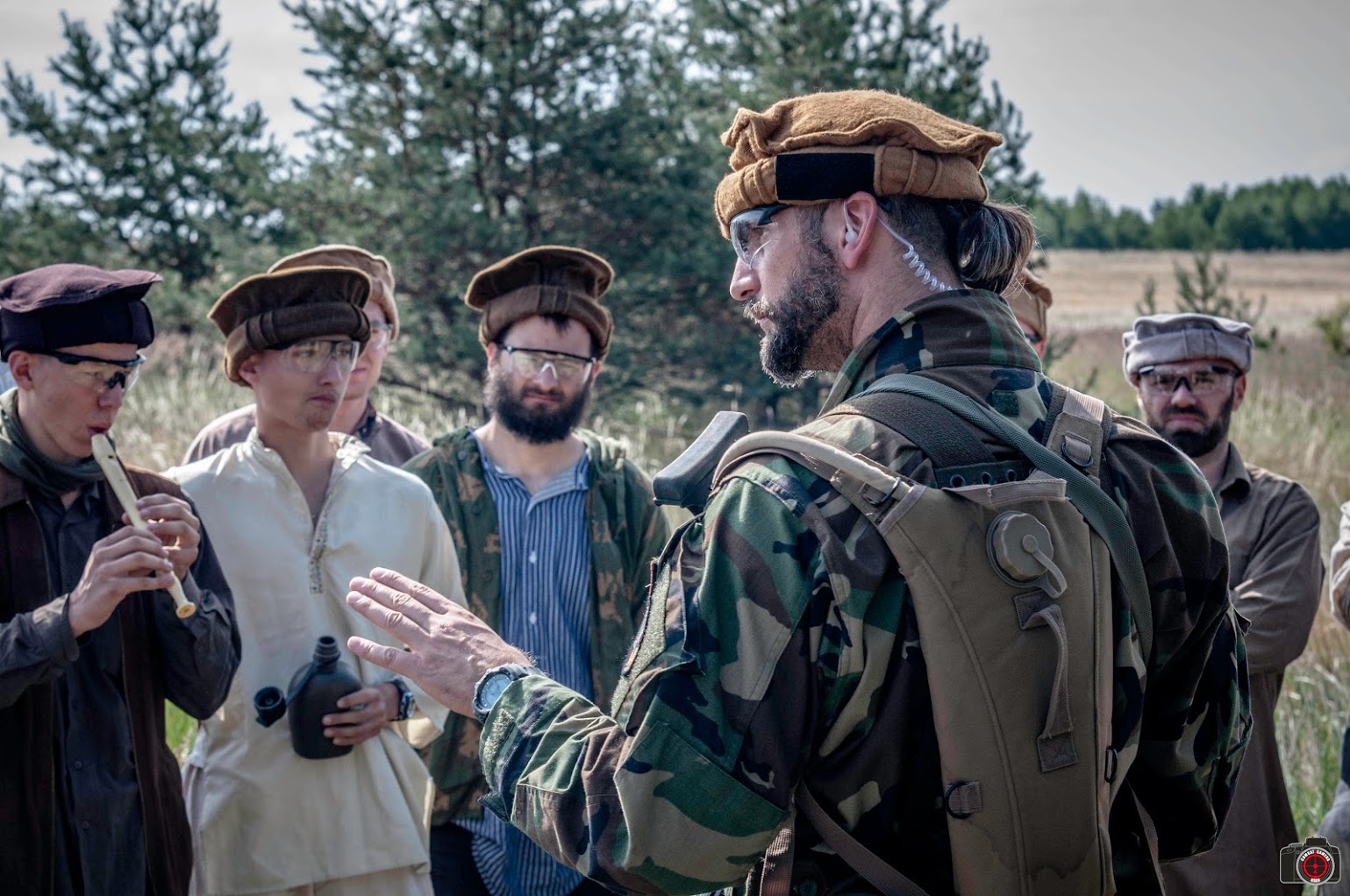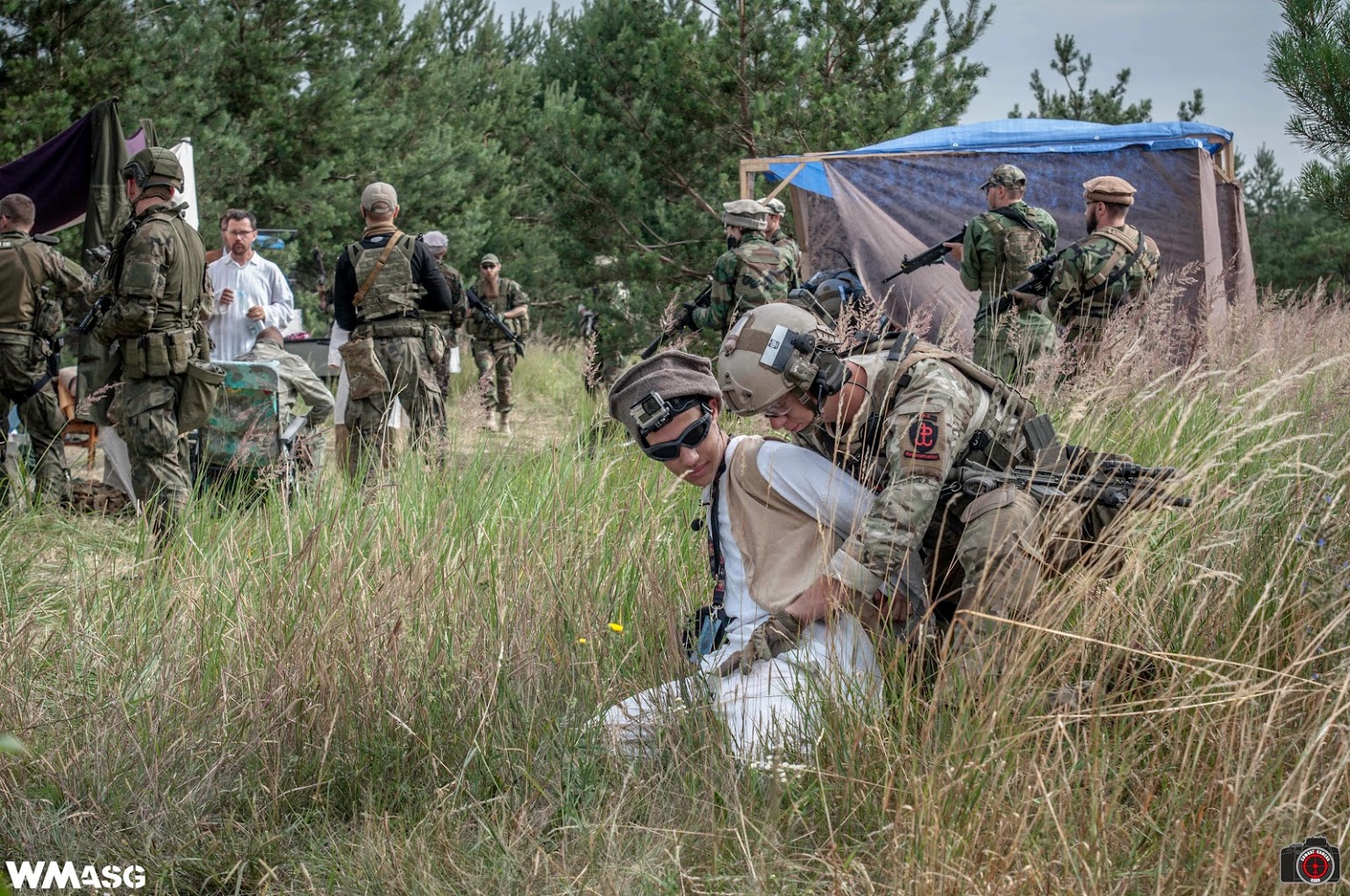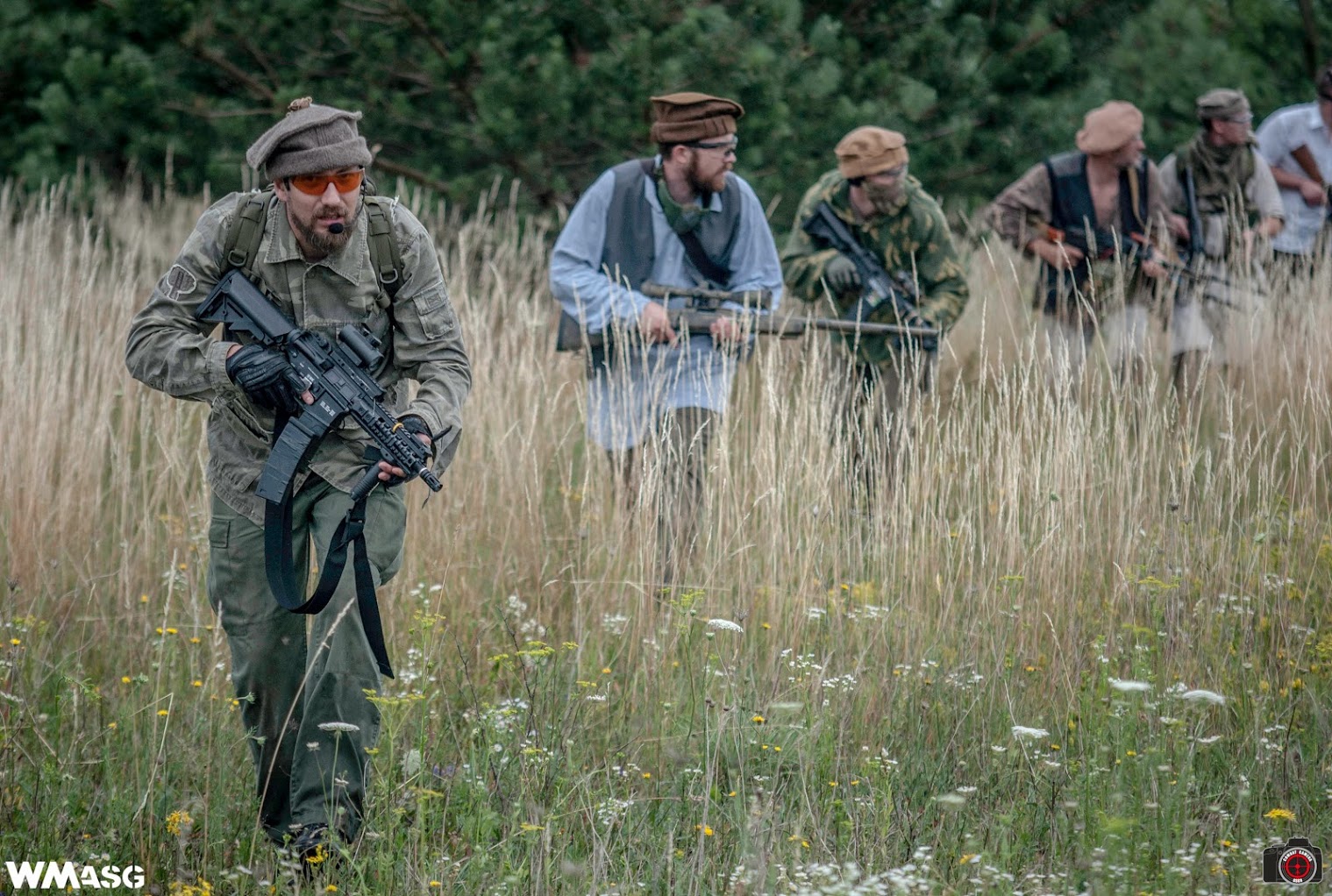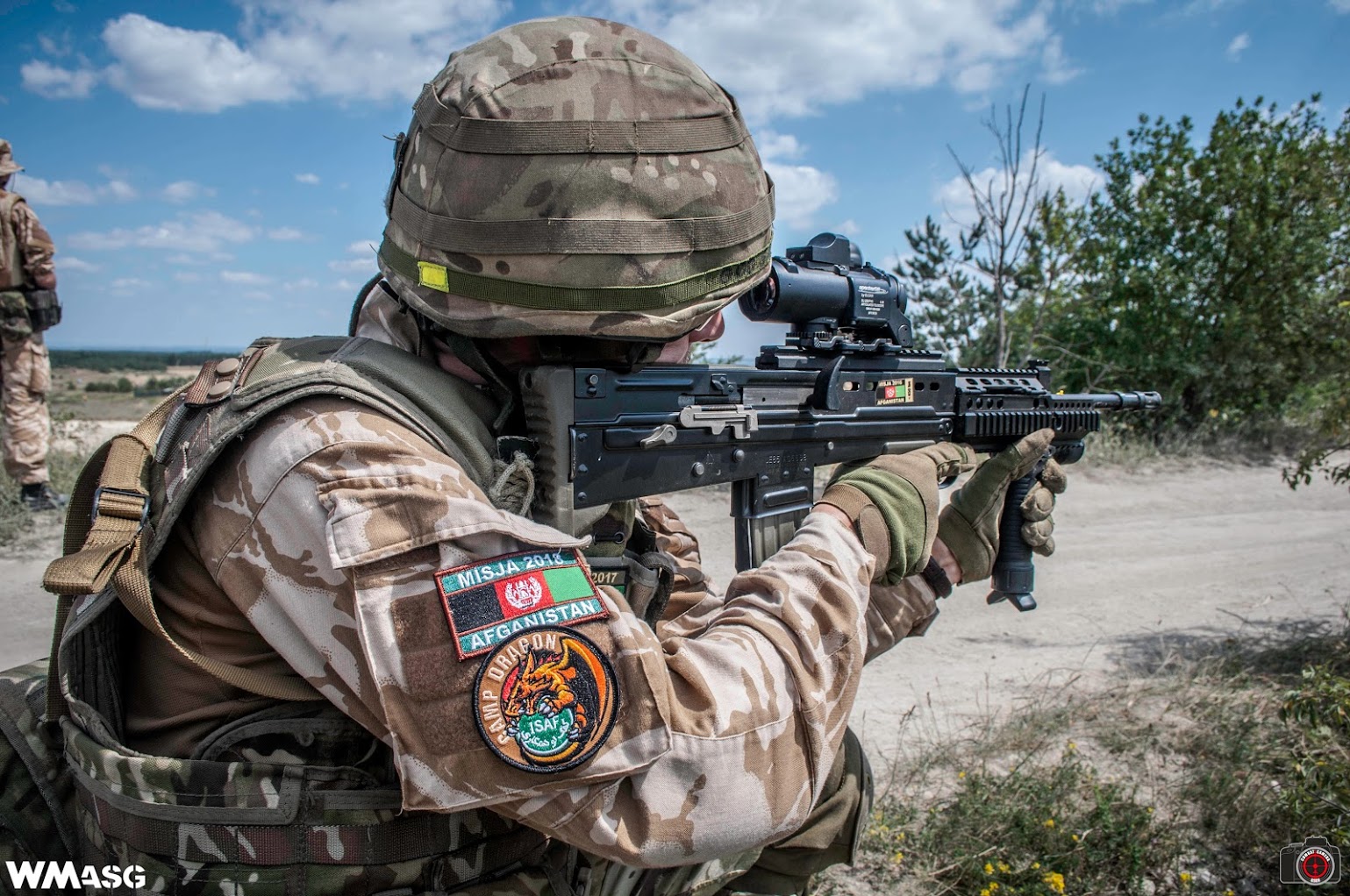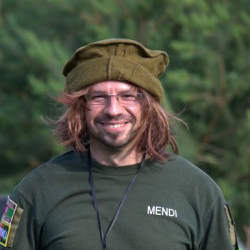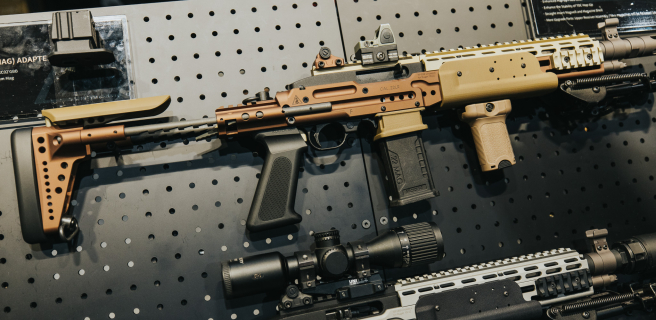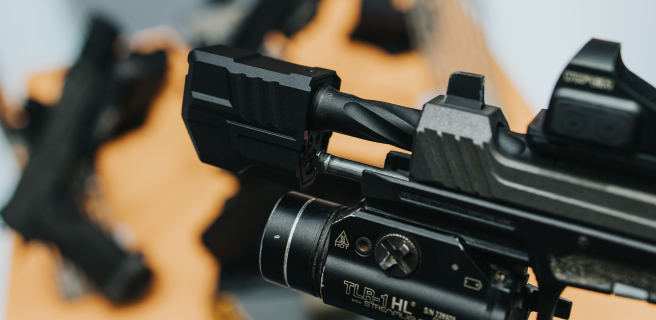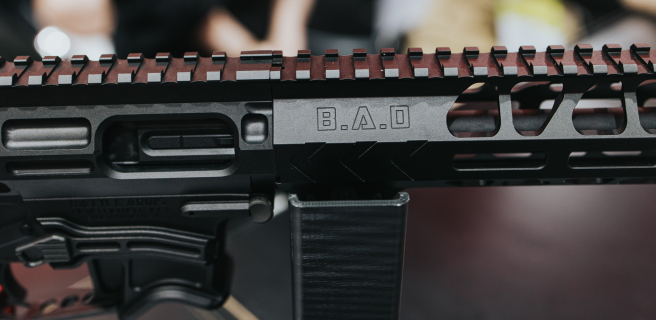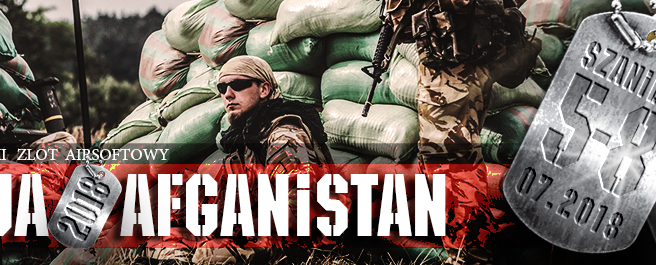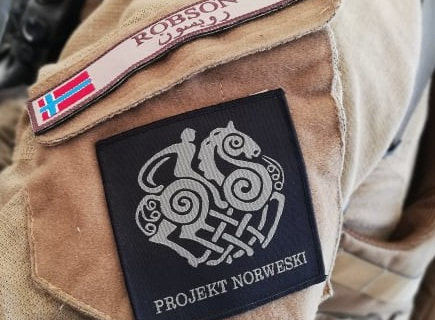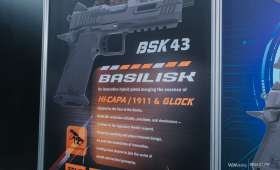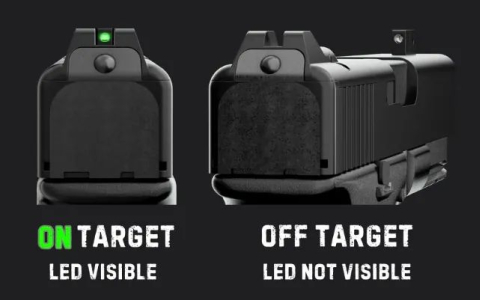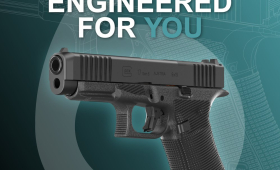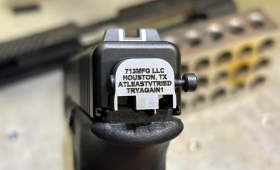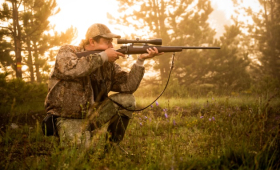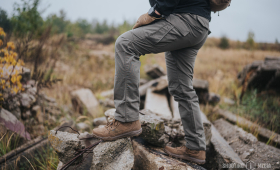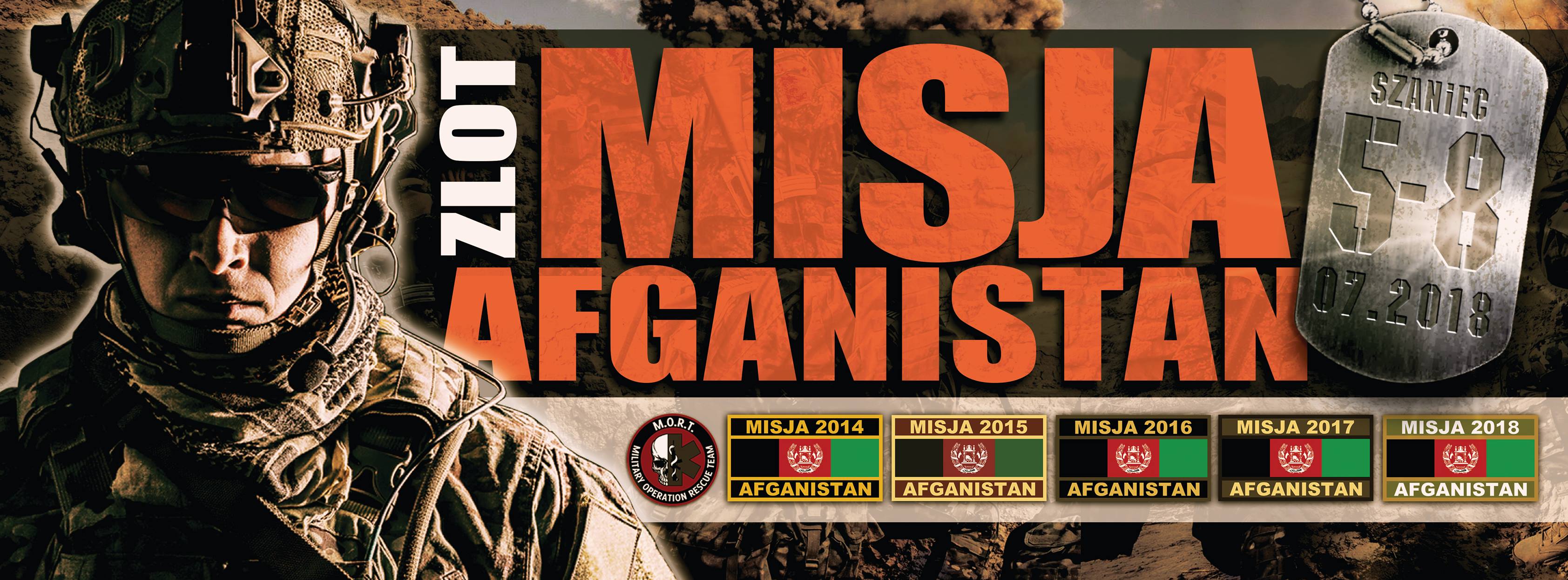
The event itself does not need introducing as probably every arisoft enthusiast heard something about it. As it is one of the largest events in the Poland, it is very atmospheric and has a cult status for many airsoft players, it could not have been missed by our editorial team. Besides an extensive video report, making a written one is also in order. Therefore I welcome you to read our MA2018 report.
I will not discuss the organization of the event itself and I will focus on the differences from previous years.
The first organizational change in relation to previous editions is the new location of the OFFGAME zone and car parks - these zones have been moved about 200 m away from the main road. Thanks to this, at the cost of a small part of the playing area, which was not used in any way, the parking lot along the road has increased and a new car park has been created opposite the OFFGAME area.
The OFFGAME town looked basically like in the previous years: next to the organizers' tents, there were kebab booths and stands of companies sponsoring the event: RekrutASG, RedZone, or Frontowiec.
All the changes can be seen HERE on the event's interactive map.
The WMASG editorial team also had their own booth where you could see several rare E&L replicas and several new ones by Specna Arms.
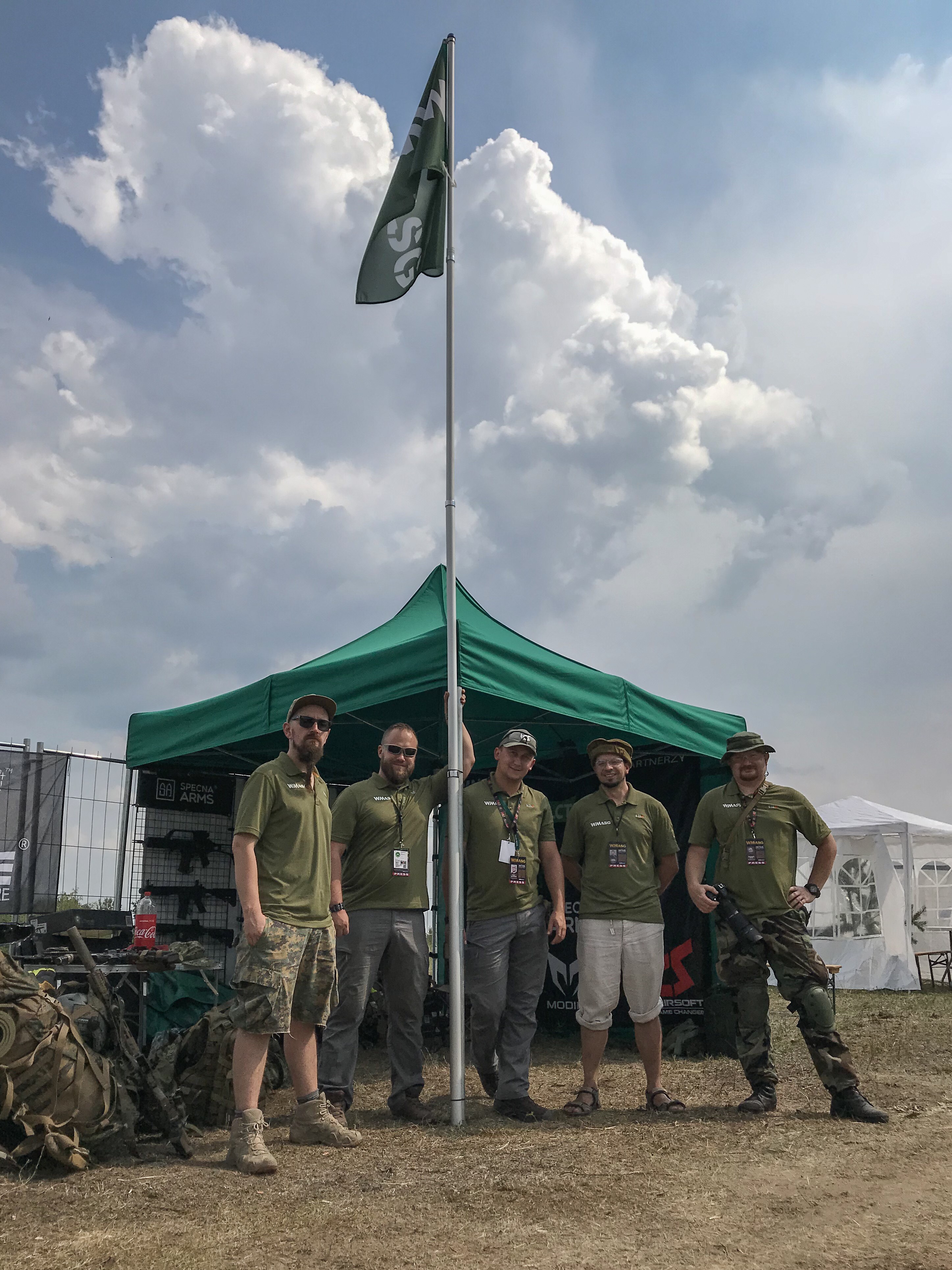
A cosmetic, albeit a good change, was the replacement of the prosaic numbers marking Afghan villages with the names of real towns such as Chinar, Ruka, Darawnia and Forubal.
Apart from that, the Bazaar was moved to a place it occupied two years ago and the base of the Northern Alliance was located opposite it. The ISAF main base, the so-called Camp Dragon, remained in the same place as last year.
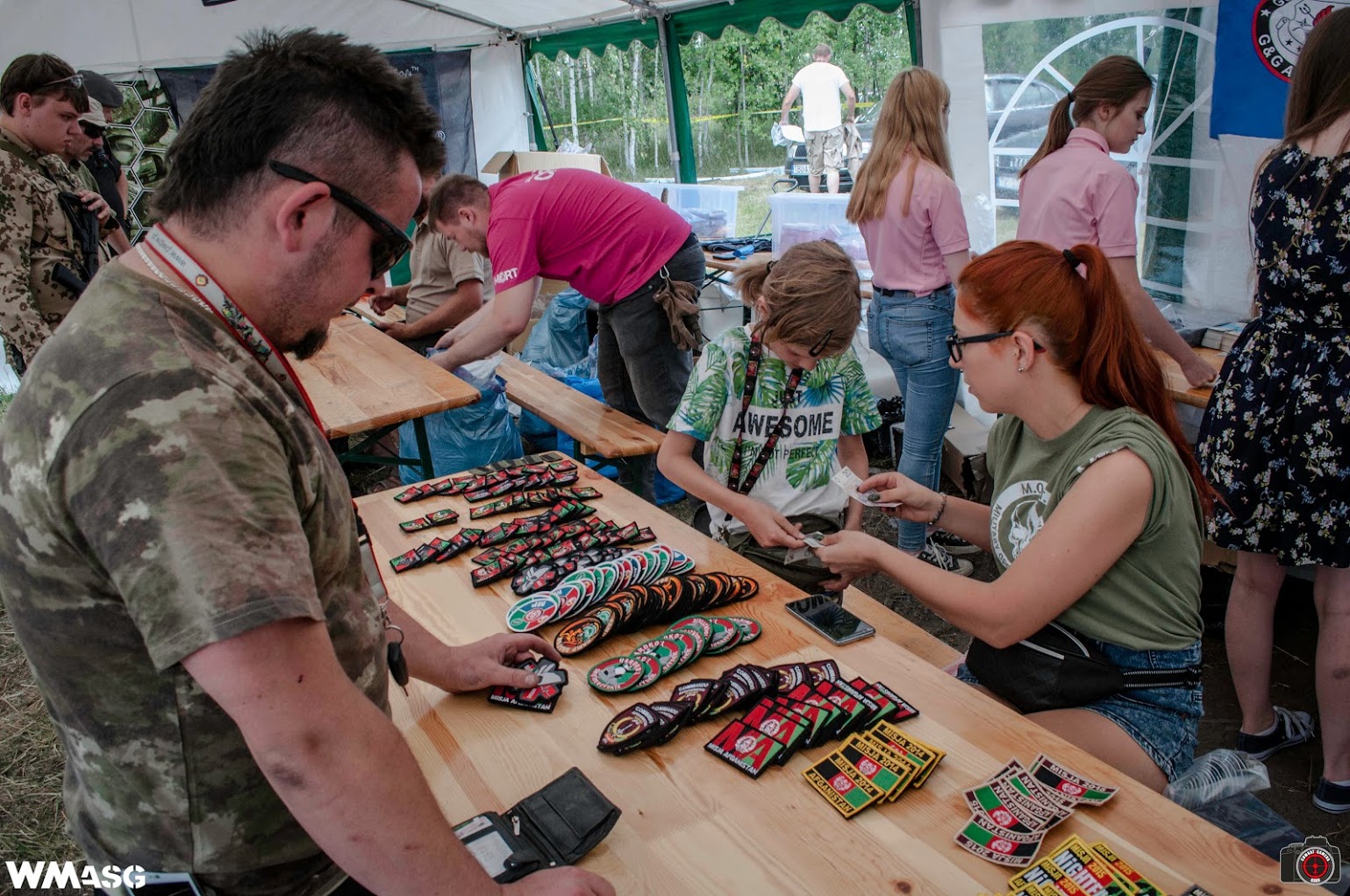
The next change concerned the registration procedure - each player was given an individual ID number, and his replicas received 2 stickers: the MA2018 sticker and a o with a number (the same for a max. of 6 replicas). Removing a sticker with a number from the replica, e.g. by the ISAF when finding illegal weapons in villages, was equivalent to a damaged weapon in the game, and thus it become useless and it was necessary to visit the gunsmith to "repair" it.
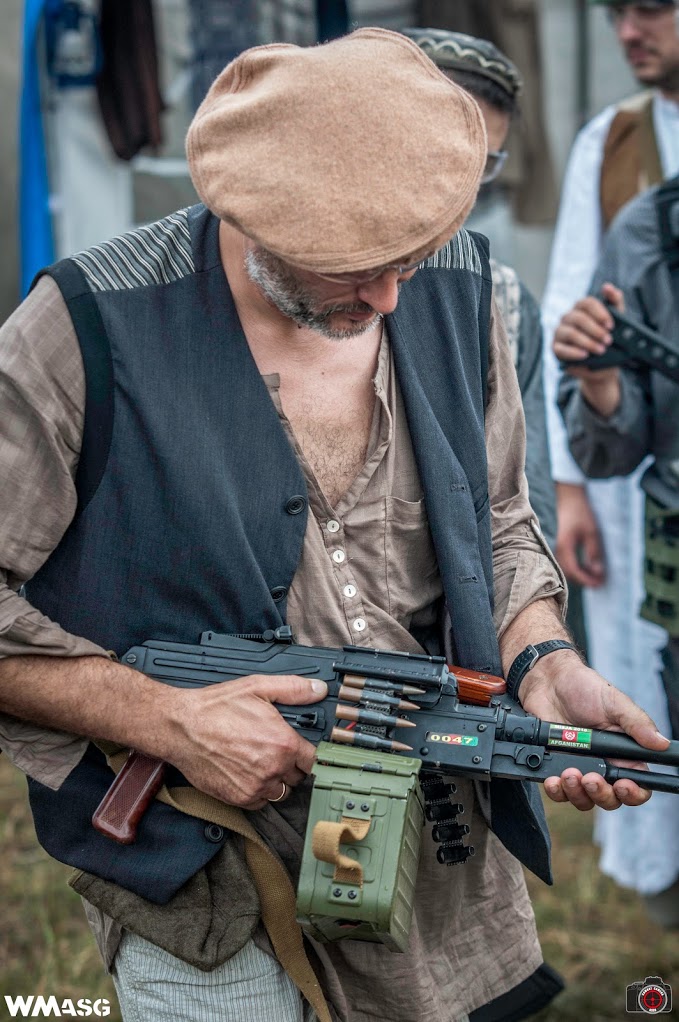
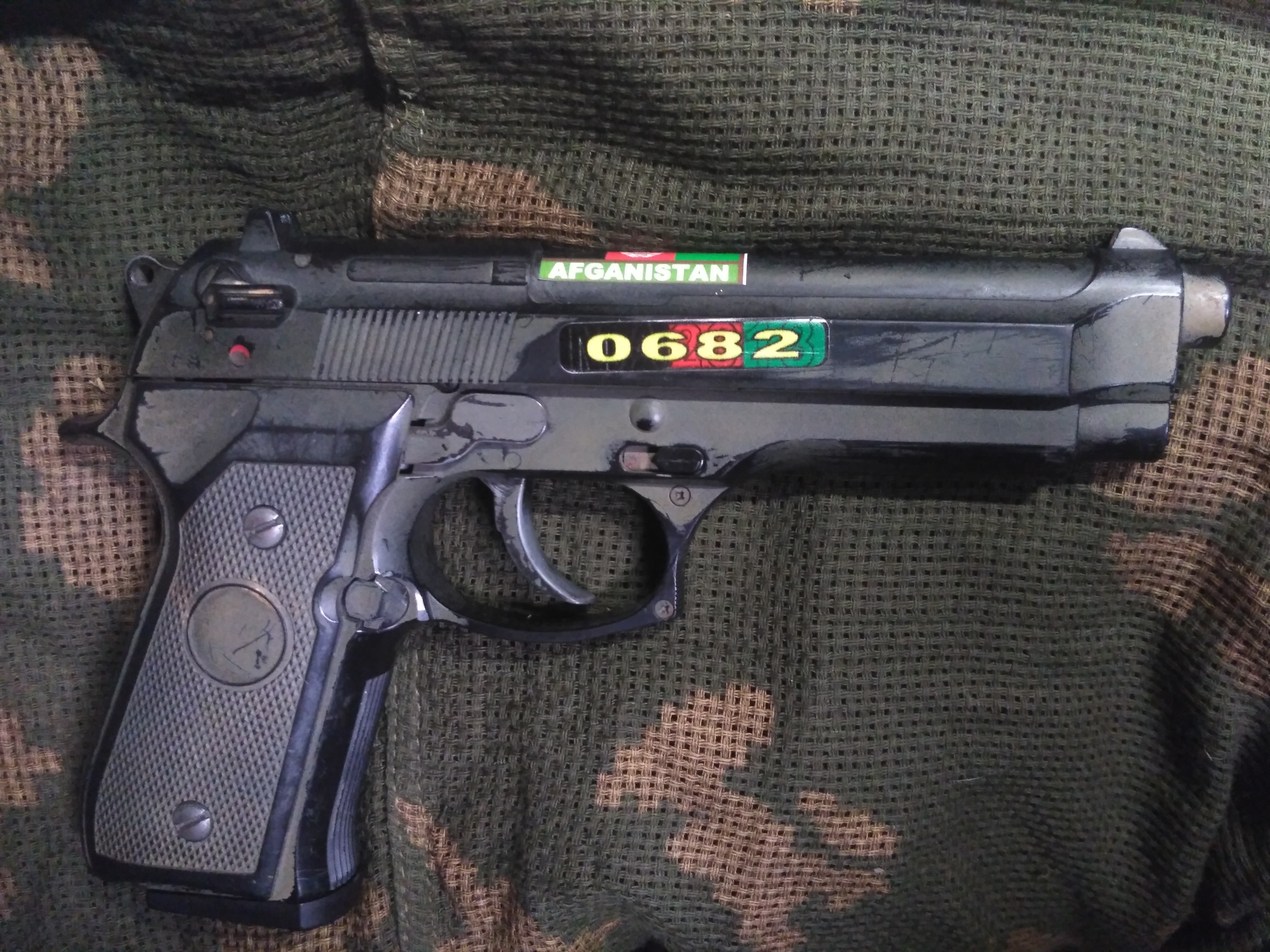
The registration itself ran smoothly, although at times the length of the queue was terrifying.
The next change was the introduction of moderators to every village and camp. They played the role of chiefs of villages or imams. Their role was to, first of all, to insure that the participants follow the rules of the game, acted as judges in case of any on all disputable and assigned tasks, quests and information issued by the organizers.
Many changes in the principles of game mechanics occured, including the rules of fighting with simulated blade weapons, using pyrotechnics or eliminating vehicles. A new faction, the radical Taliban, was also introduced this year.
THE GAME
It was possible to come to the event area earlier, even on Monday, July 2nd. Some of the participants of the event benefited from this, came to have some rest from everyday life and help somewhat in organizing the event.
The scenario itself started on Thursday at 22:00 and ended on Saturday evening.
How to describe the game itself? Well, it is difficult to present the past two days of life in Afghanistan briefly and clearly, which was conquered neither by Napoleon, nor the British nor the Soviets. The Radical Taliban harassed the ISAF and the Northern Alliance forces. The ISAF were looking for the Taliban, harassing civilians and the civilian population was simply trying to survive in the ensuing chaos.
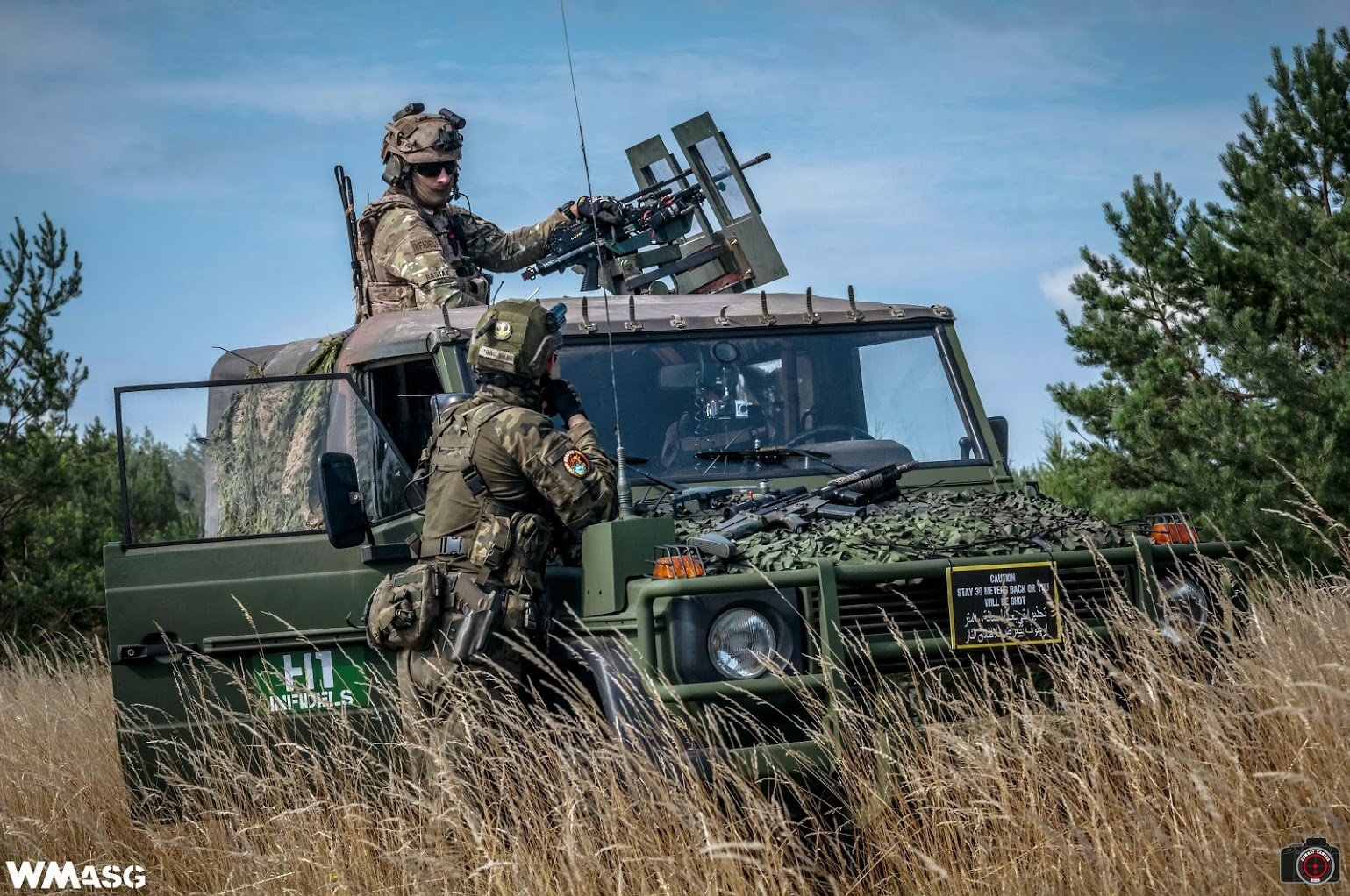
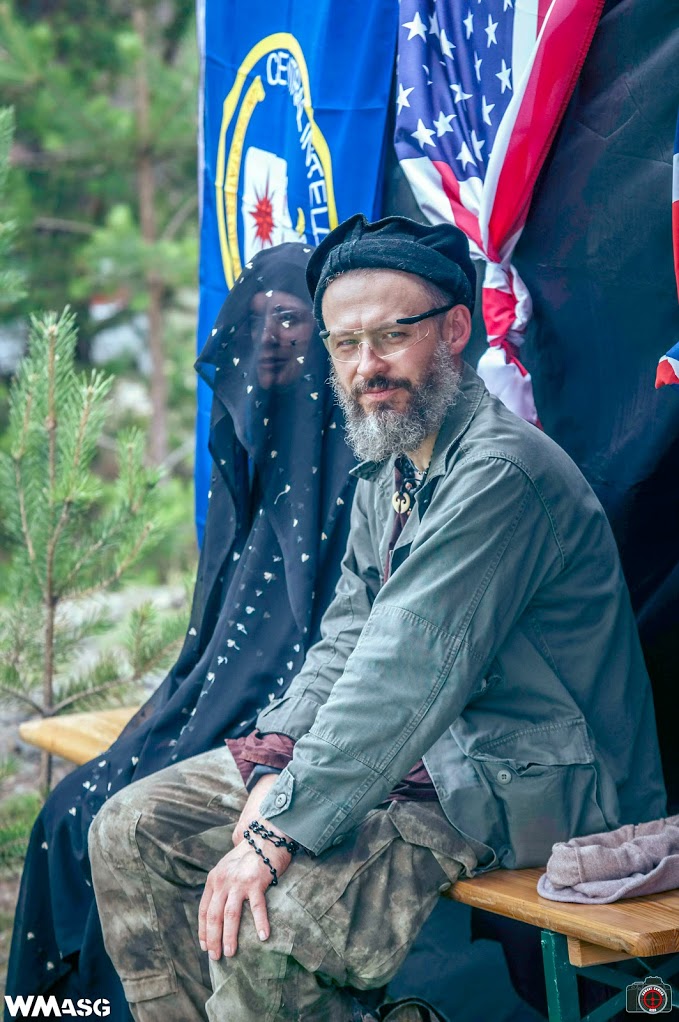
The Weyland mining company (although the Afghans replaced W with G when saying this name for unknown reasons) employed the local population to search for and extract minerals, exploiting them mercilessly and usually without paying on time or at all, especially when money for payments disappeared ... Therefore, it is not surprising the Afghans quite often simply burned the mine to the ground.
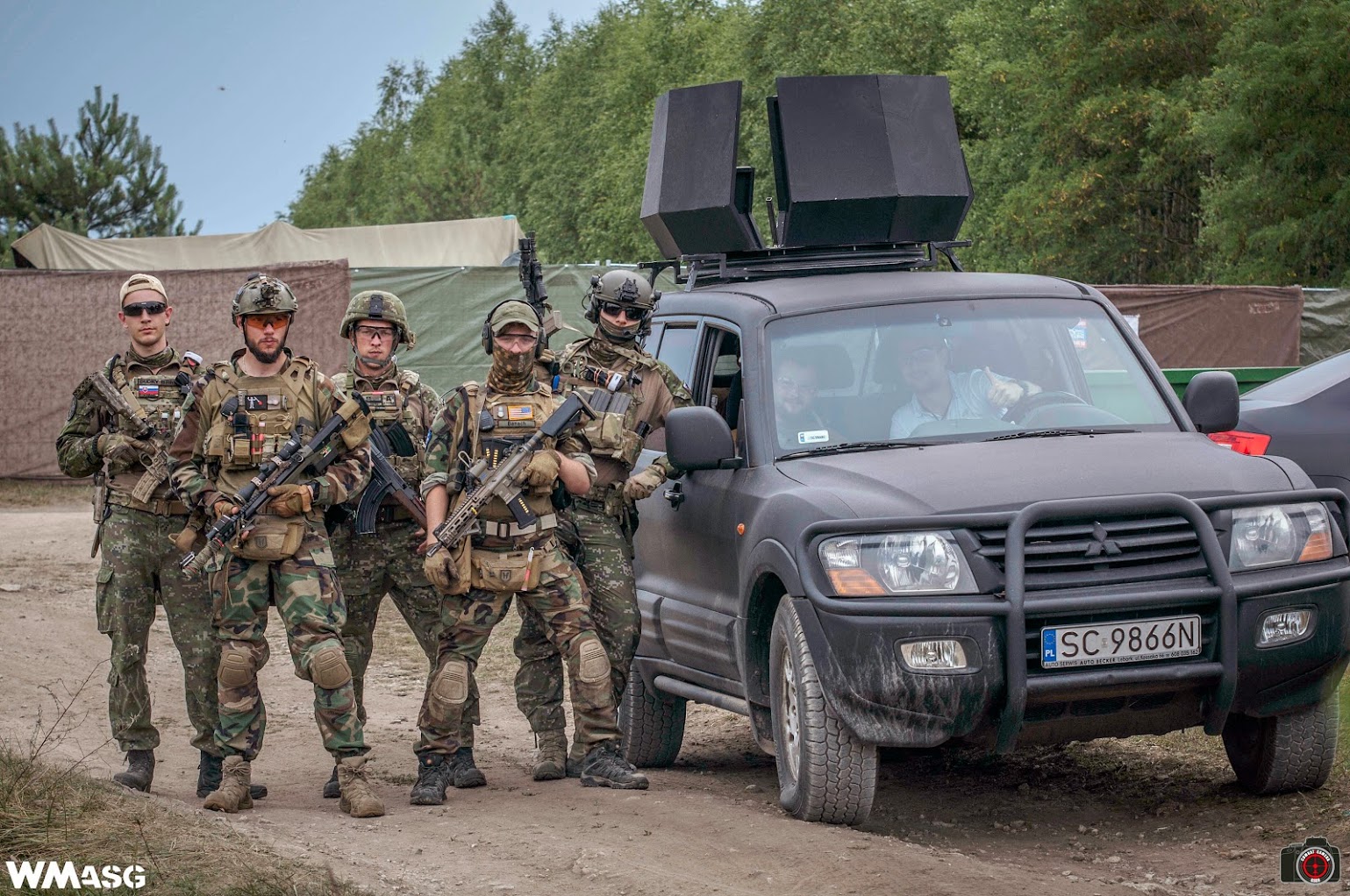
At the Bazaar capitalism thrived – the stands were big and signboards were everywhere. A "Tattoo parlor", the "Grey Market", "All goods here", are but some of the names of local businesses.
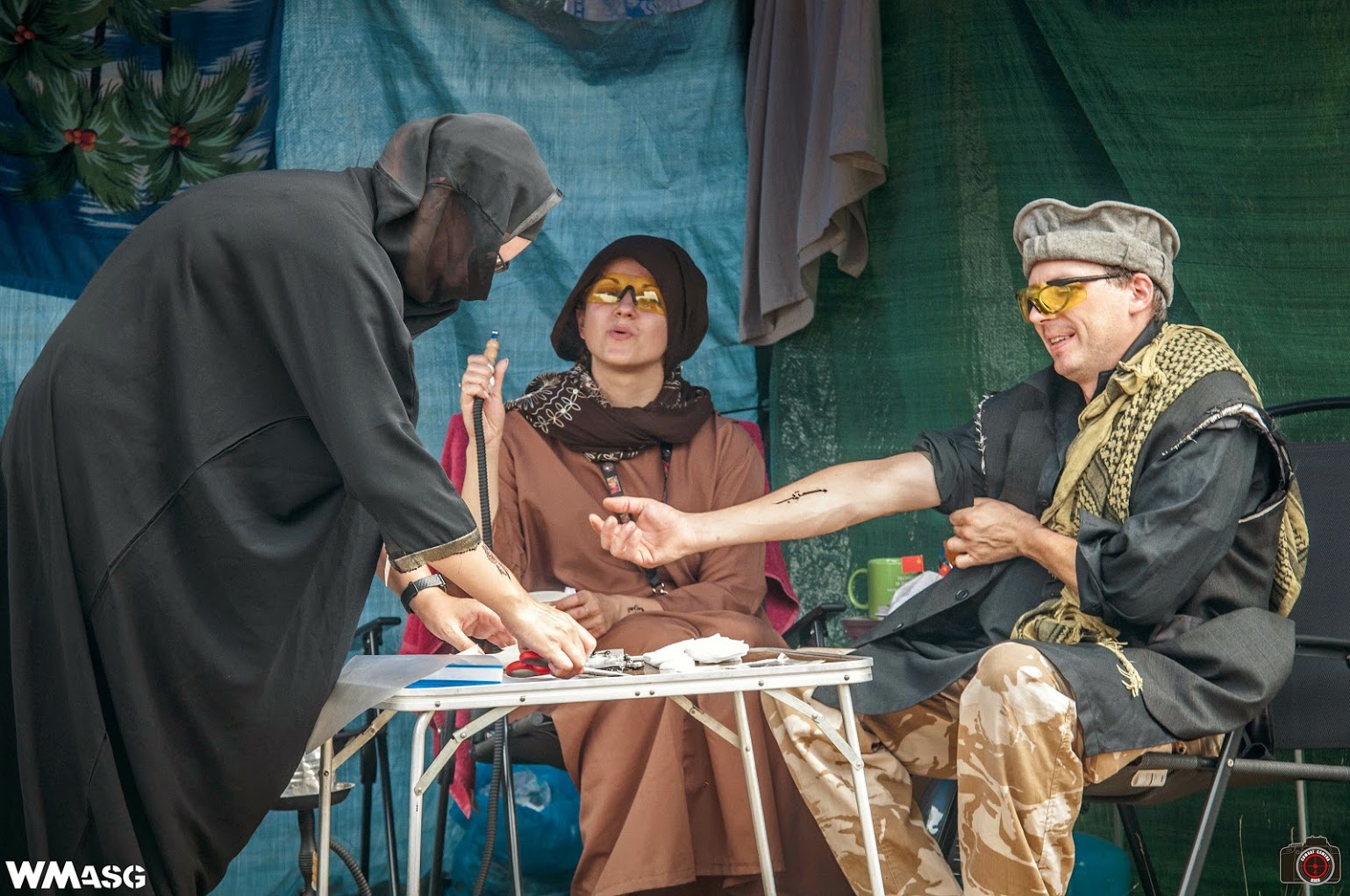
Food without necessary health control and expiry dates, forged gun permits, frauds, swindles, bribery and the dark dealings of small time crooks - just like on an actual Eastern bazaar. There was also a Hospital and a Gunsmith shop, known from previous editions. The governor visited his province and the order was traditionally upheld by the Afghan Police in blue shirts.
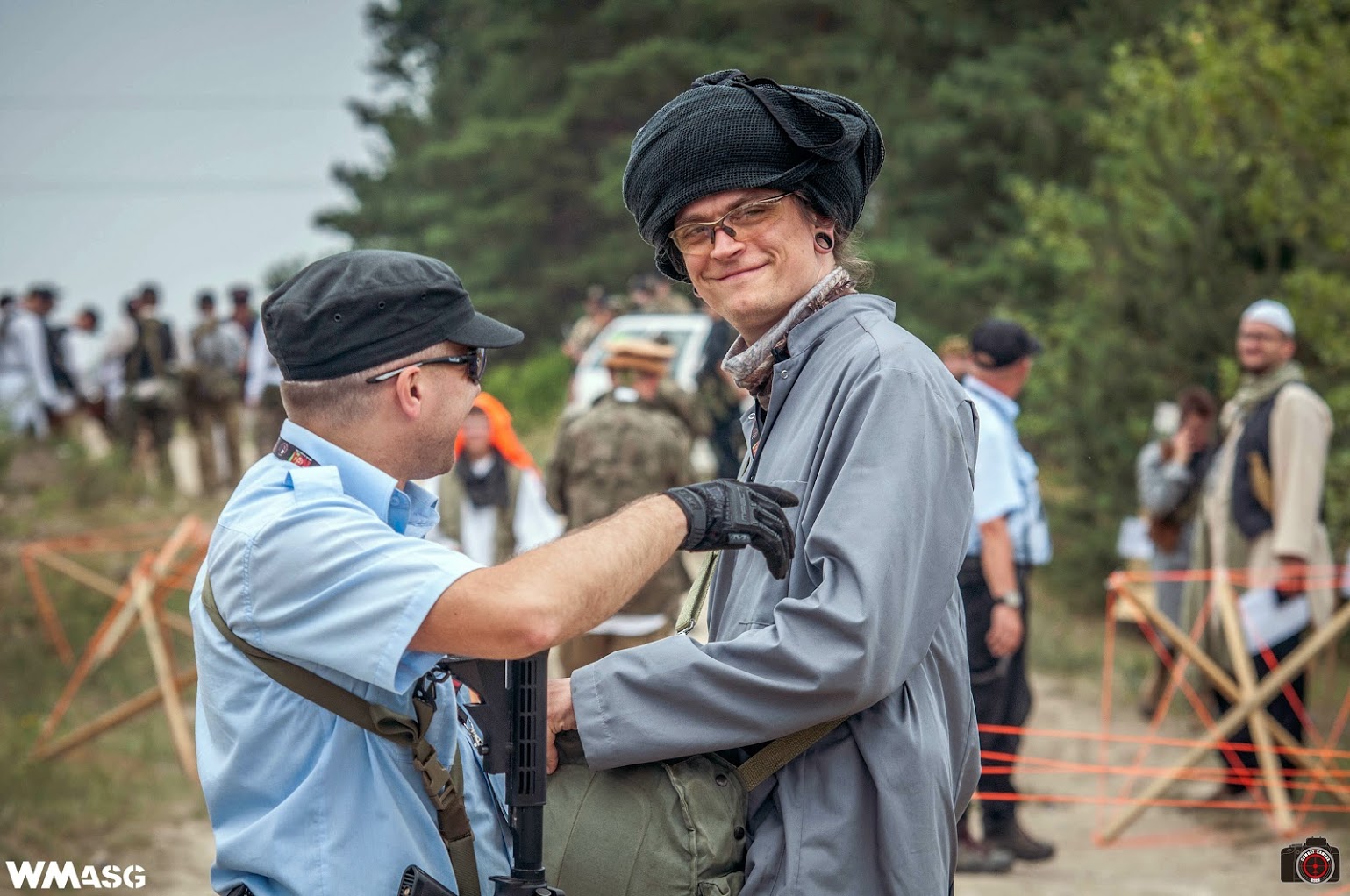
This year, unfortunately, there was no press booth issuing a local newspaper.
A kind of icing on the cake, and in this case, a date on a dry cake, was a bar called "The goat's balls" in which, except that actually two goats were being bred, it was possible to eat breakfast or dinner (3 different dishes, delicious and named in a funny manner), drink coffee, lemonade or tea while chewing on cookies made according to an original Afghan recipe.
There were scenario currencies used at the Bazaar (also in the bar): afghani and dollars, most often translated at a rate of 2: 1.
In other words - a full fledged LARP.
And what about shooting and typical airsoft? Well, it was not as varied as the LARP elements. During the scenario, you could see kind of stagnation. A typical Afghan weather, sunny, hot with occasional gusty wind, was a real pain, especially to players loaded with equipment.
Villages were in principle neutral and any act of aggression or sabotage against the stabilization forces was synonymous with outright hostility, to which the forces of ISAF and the Northern Alliance responded with massive attacks. Therefore, the Afghan population has always found itself some kind of non-aggressive activity, such as:
- pilgrimage to the mosque or the Bazaar,
- trade and daily errands,
- sending and receiving mail, delivered by untiring Afghan couriers;
- local TAXI trips,
- visits to other villages,
- growing poppy fields (new thing in the scenario),
- sightseeing tours around the playing area (e.g. with a goat),
- watching TV,
- betting on fights at the arena of the Ruka village,
- weddings, receptions, funerals and other merry traditions;
- general rest and relaxation.
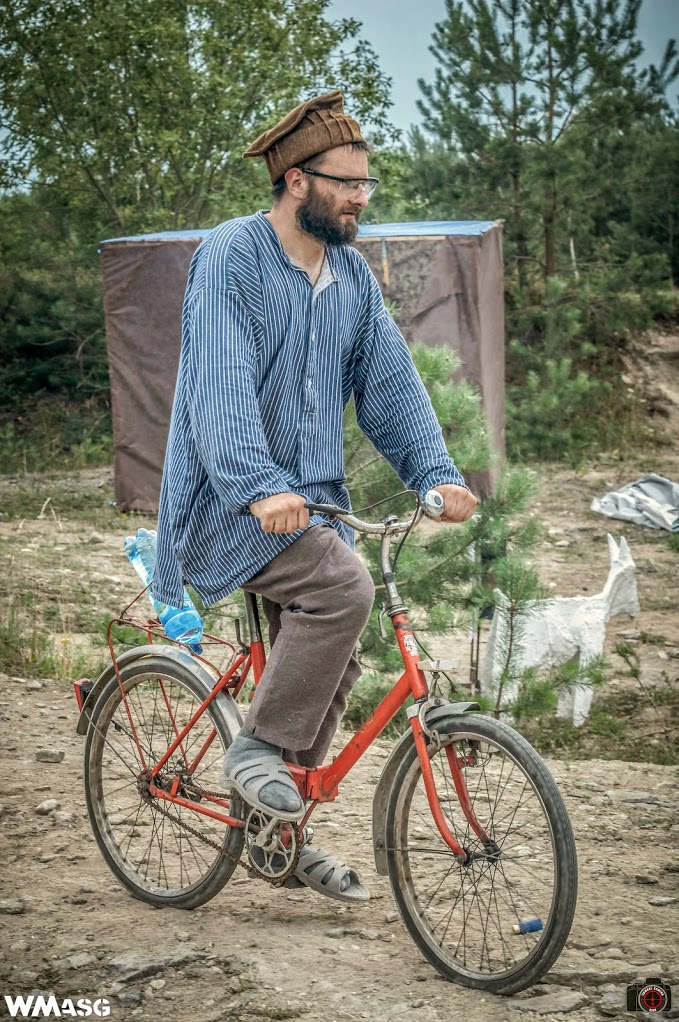
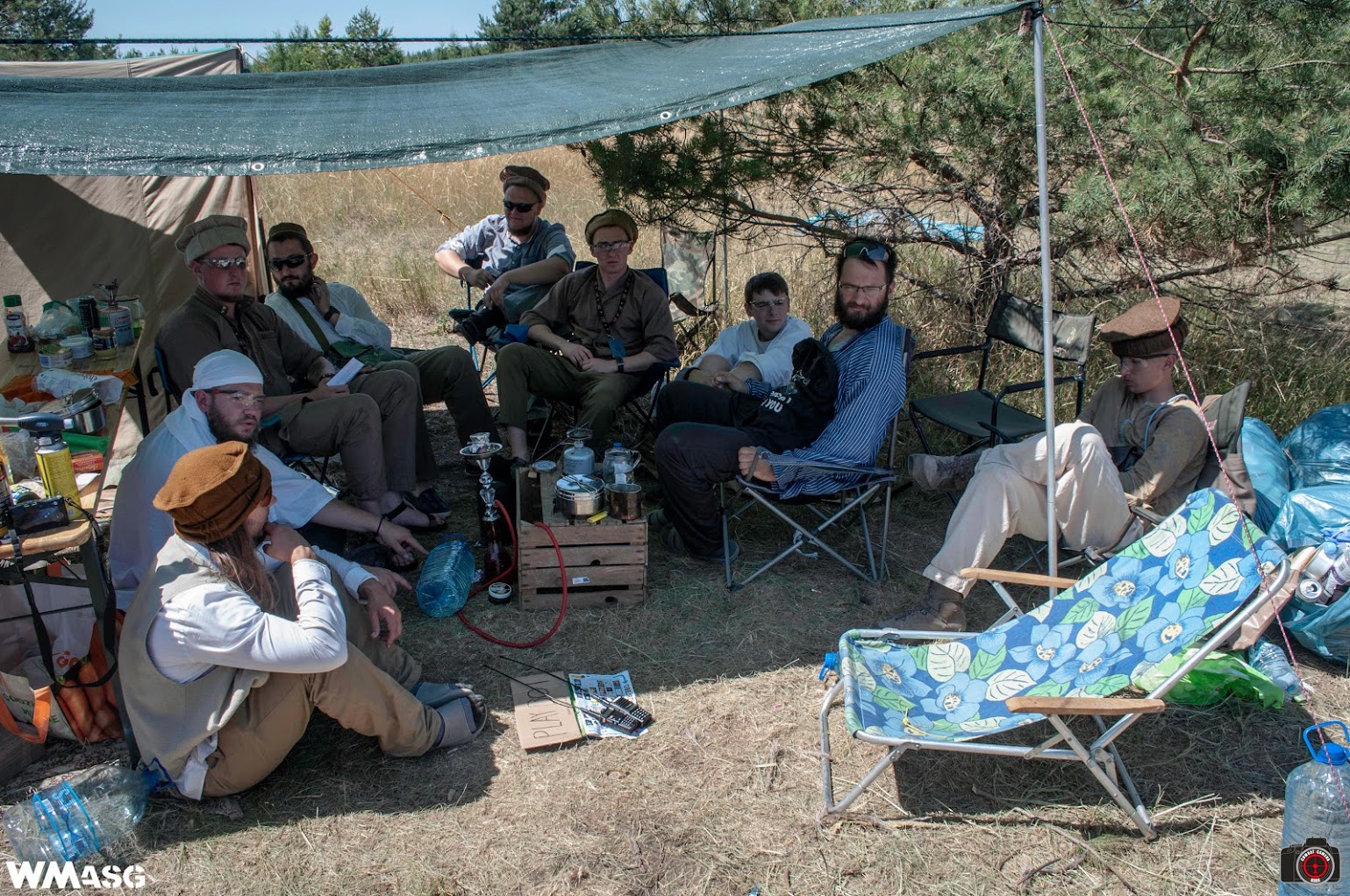
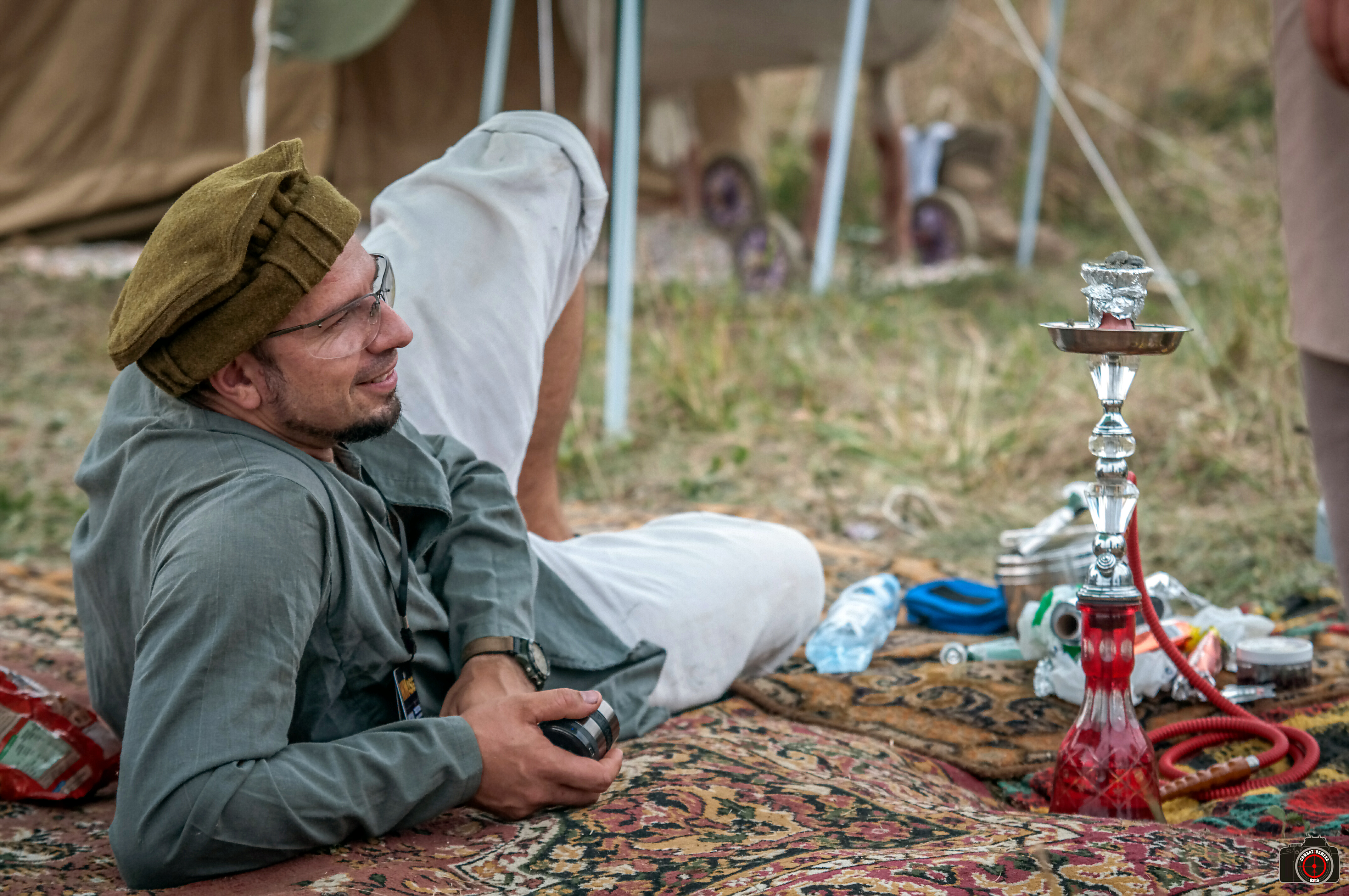
The ISAF forces were not so well off, however, members of this group could see how actual stabilization missions look like.
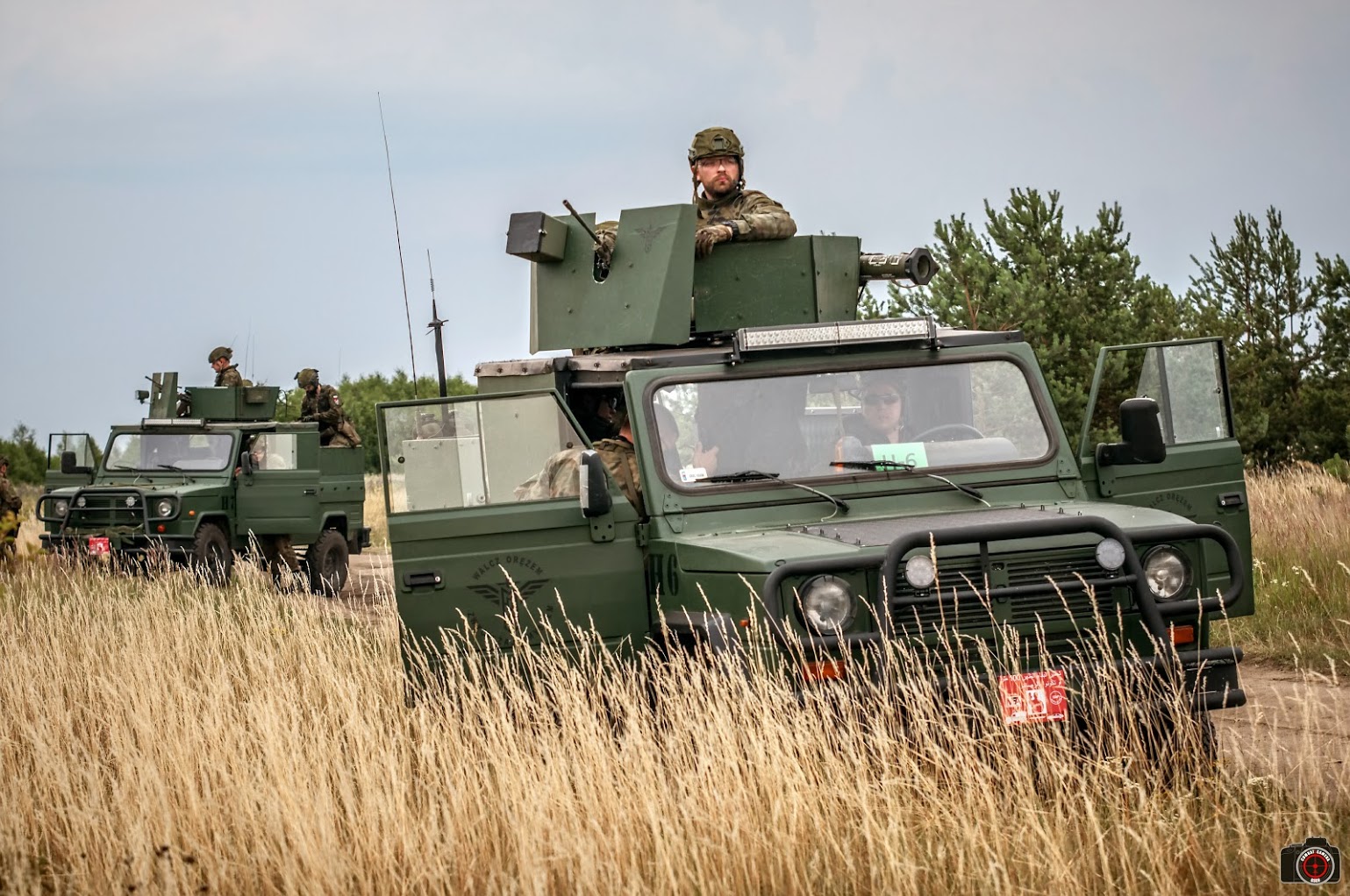
It is true that humanitarian aid, water supplies and forced vaccination programs were conducted (people were lured with sweets and lollipops), but these are not especially exciting activities.
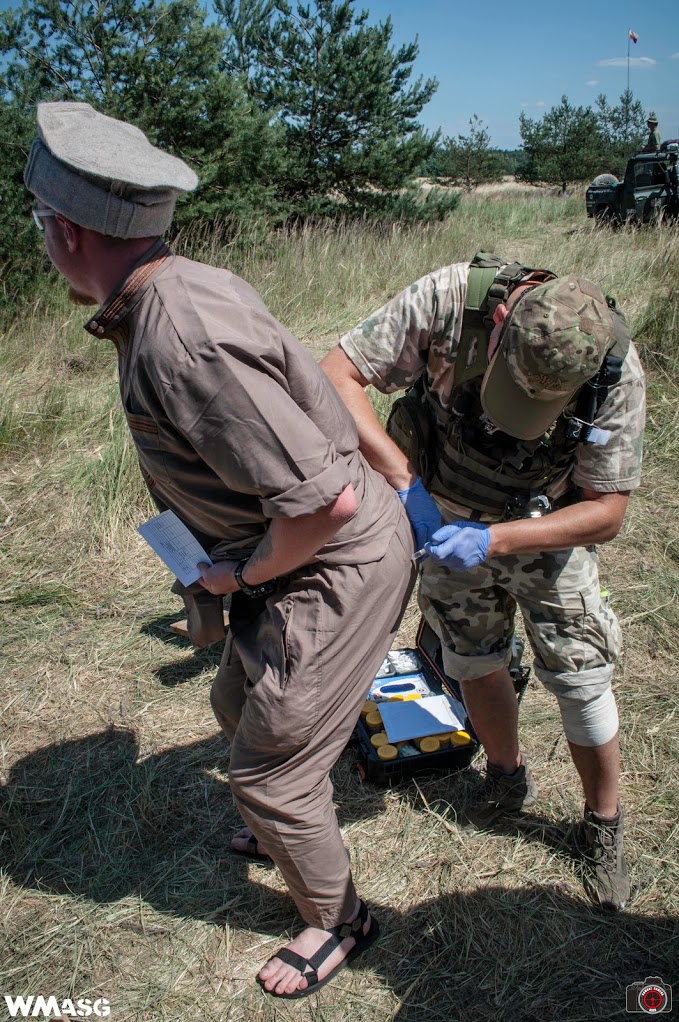
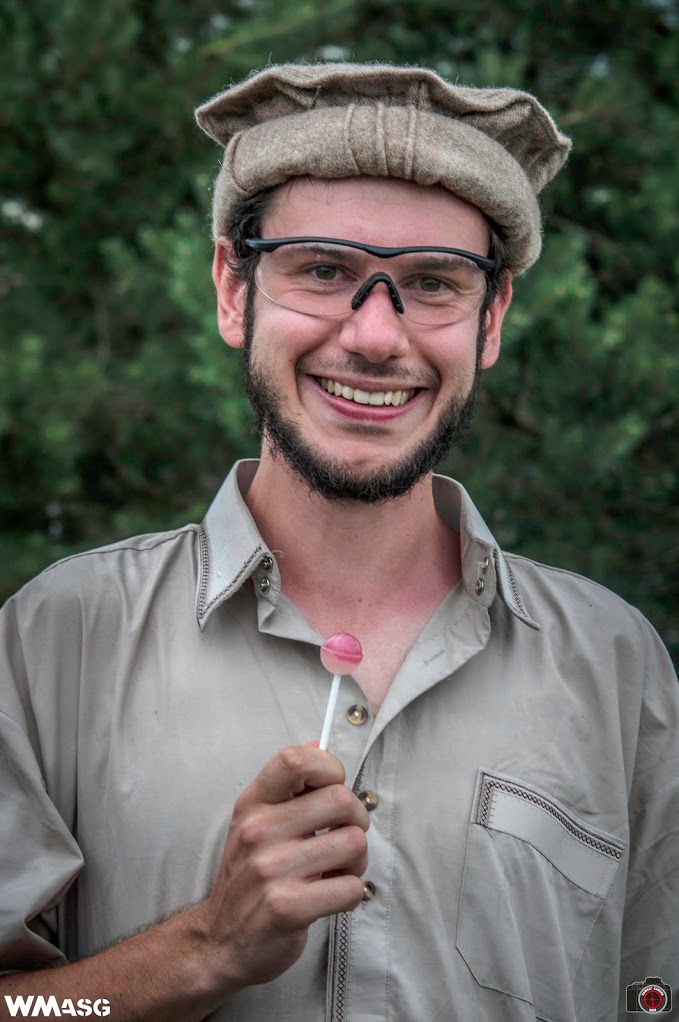
Patrolling and escorting quickly became boring when nobody attacked. The Radical Taliban were too few to provide entertainment and civilians, at least during the day, were not very eager to fight. The ISAF forces usually sat in their bases and outposts, bored like pugs. In the climactic moments of this boredom, patrols at intersections offered the passing Afghans joint aggression against Pakistan (to enlarge the areas of the village) or asked for any suicide attacks, even offering their own pyrotechnics and matches. Even unannounced searches carried out in the villages did not bring much variety to the boring service.
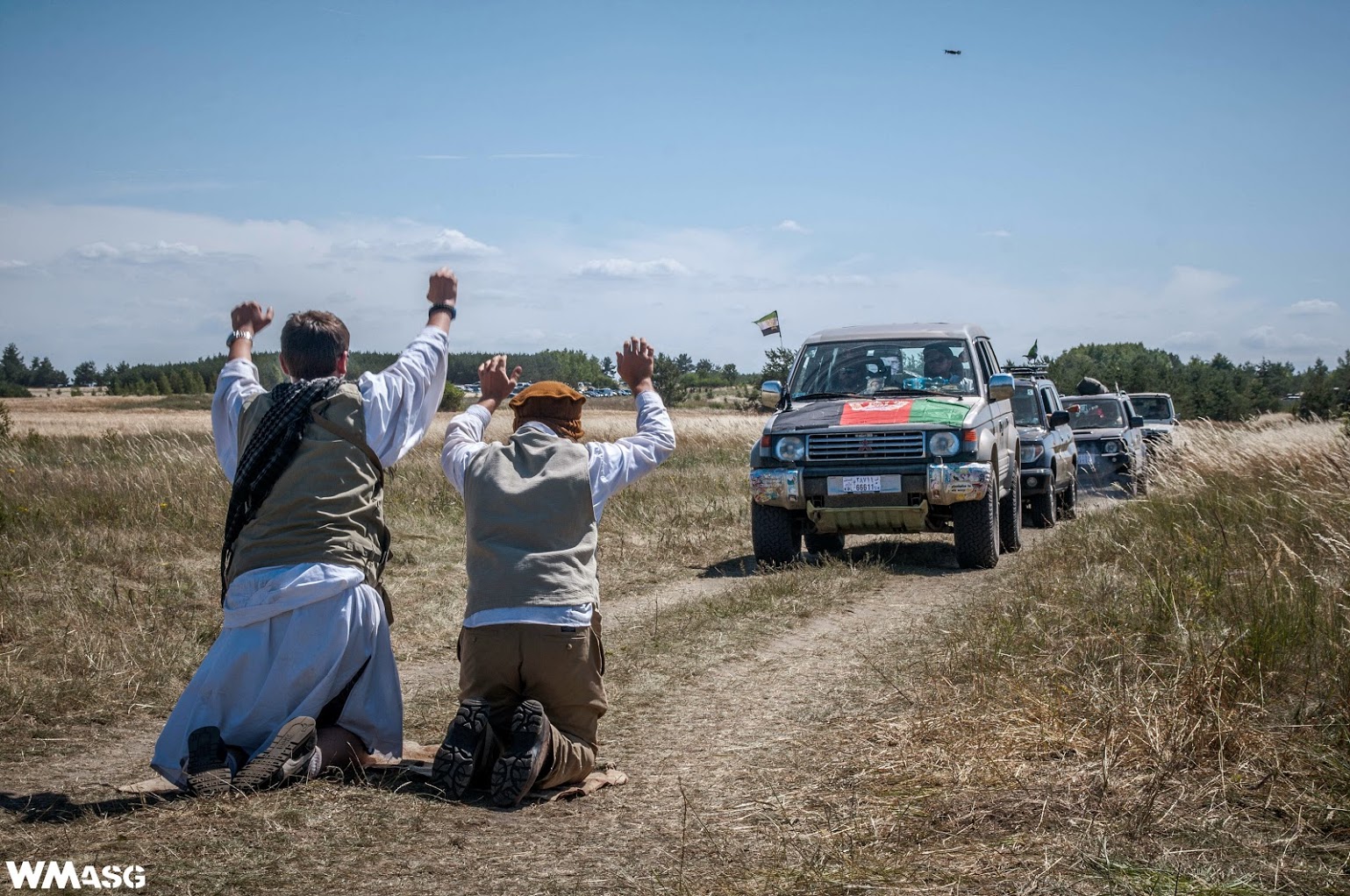
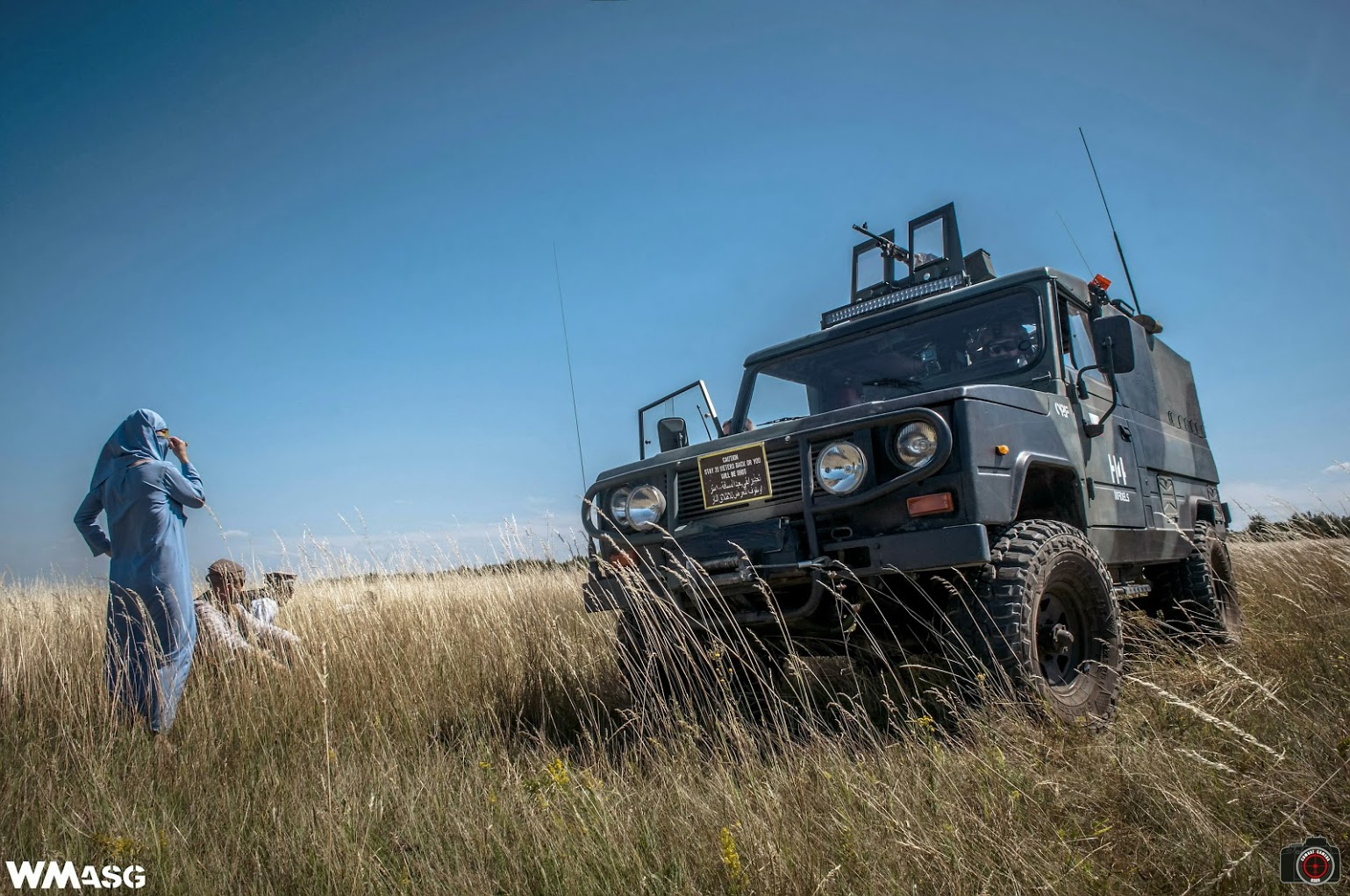
The situation improved significantly with nightfall, then armed militants moved out from the villages, the part that the militants like the most startedt: assaults on military outposts, traps, random attacks. While the main ISAF Camp Dragon base was heavily defended (although it turned out it wasn't impregnable against a massive assault), smaller outposts were not as well fortified and manned, which made them open to attacks. The Weyland corporation base was a big attraction, as it was attacked very often as Afghans do not like being robbed and exploited.
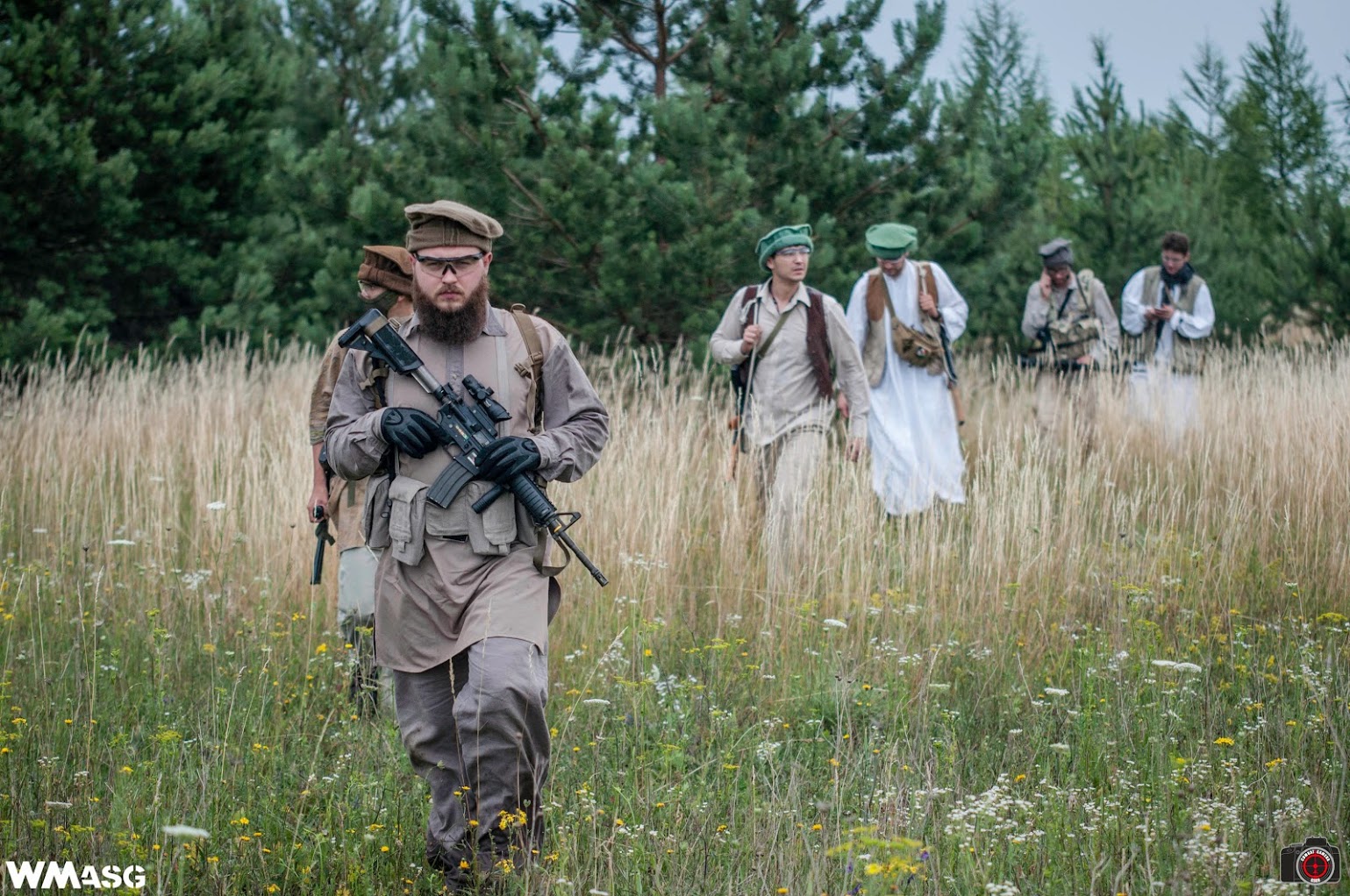
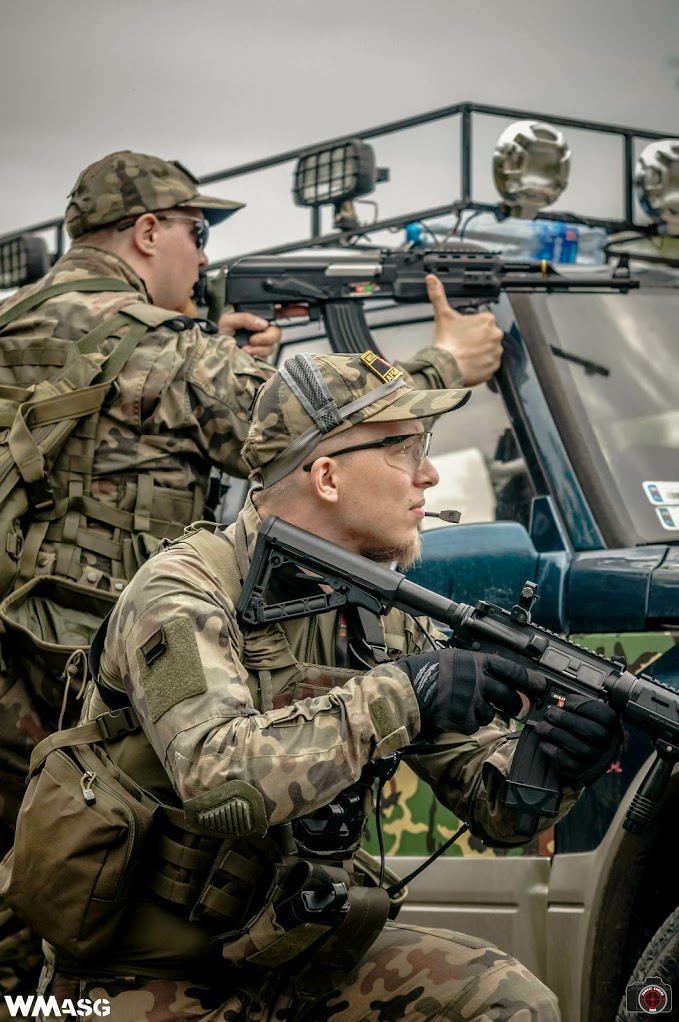
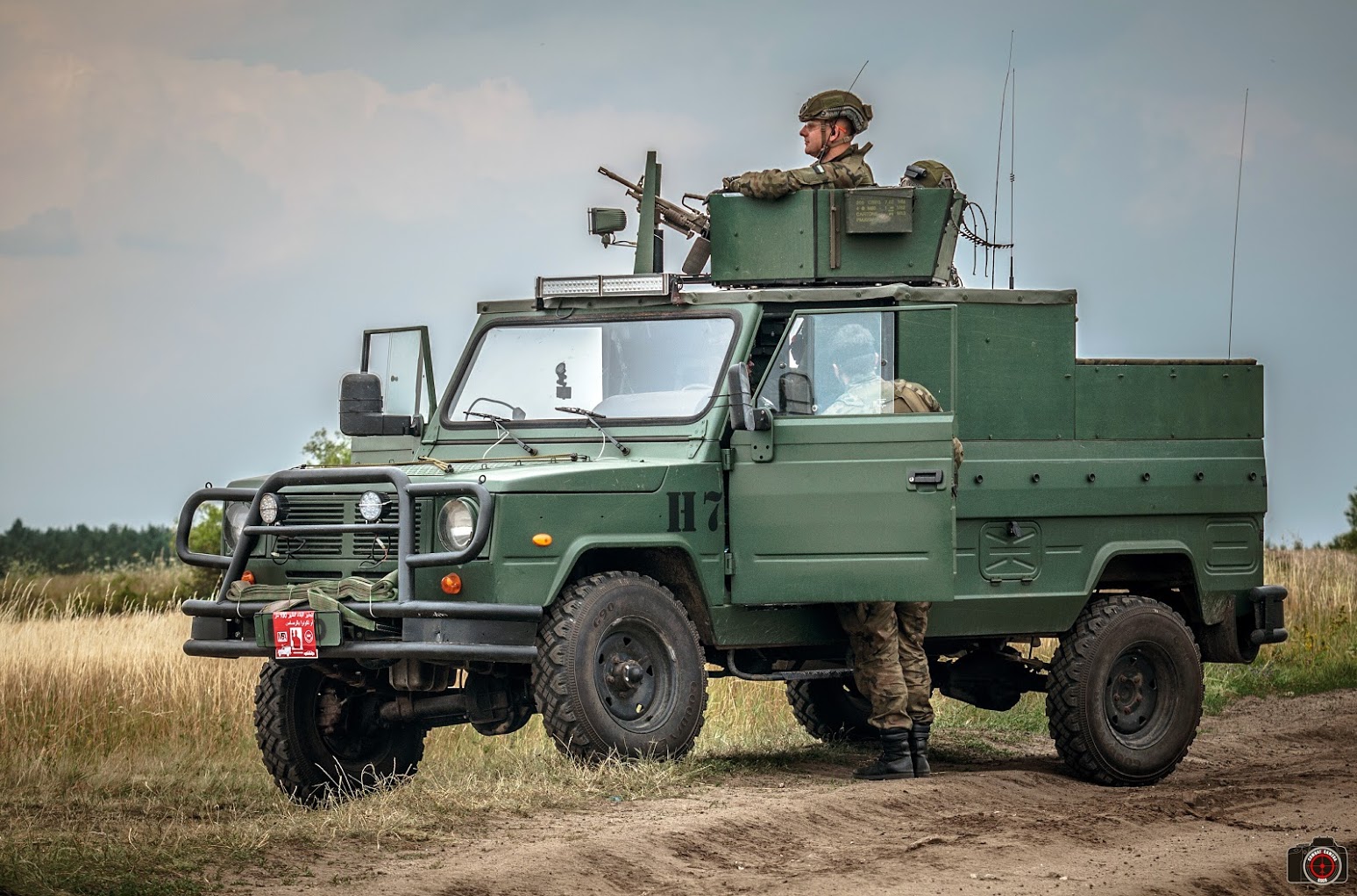
The scenario ended on Saturday at 20:00, and at 21:00 the closure with the annual summary of the event and a prize draw began.
As the amount of sponsors grows from edition to edition, this year there were 24 replicas and a abundance of other prizes to be won. Some minor prizes like slings, bands, hats and packs of BBs were thrown into the crowd. During the scenario, our editorial reporters distributed LCT patches to players: a total of about 600 of them. The players who won the highest number, respectively 61, 48 and probably 41 patches, received a replica as a reward.
In addition, a veteran of military missions in Afghanistan honored Daniel with a special medal, for cultivating history and keeping the memory of those who fought and died during these missions alive.
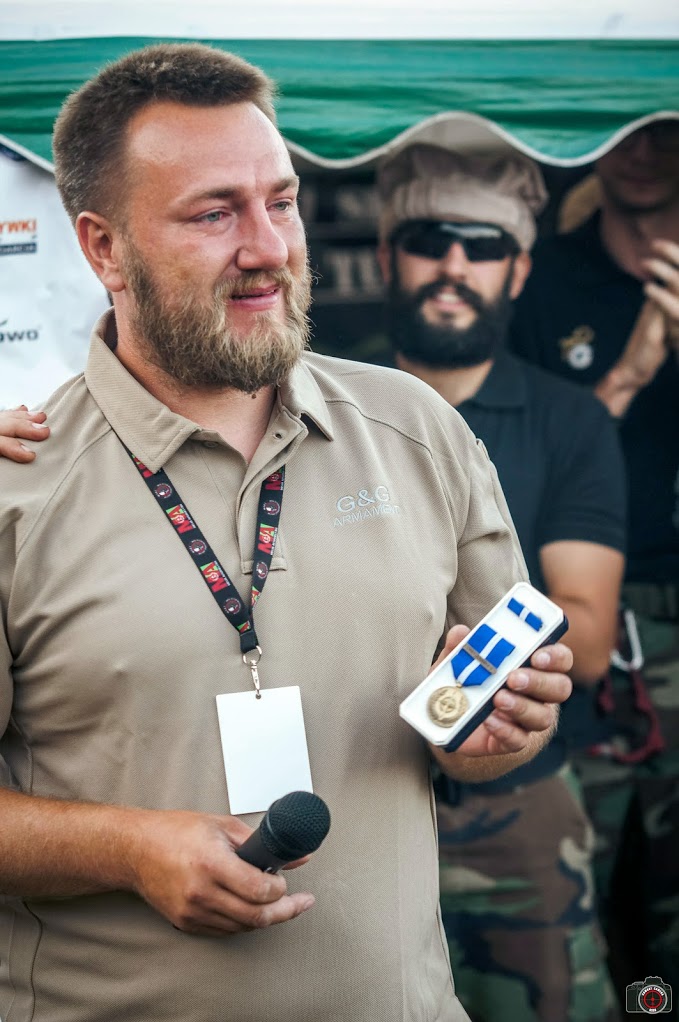
This is how the this edition of Mission Afghanistan came to an end. Participants received invitations to fill out a post-event questionnaire, where old and new mechanics could be assessed and also propose their own. All that remains is to wait for the next edition. See you in a year's time.
As it was my 4th edition of the Mission, I received a commemorative veteran patch to be added to my collection.
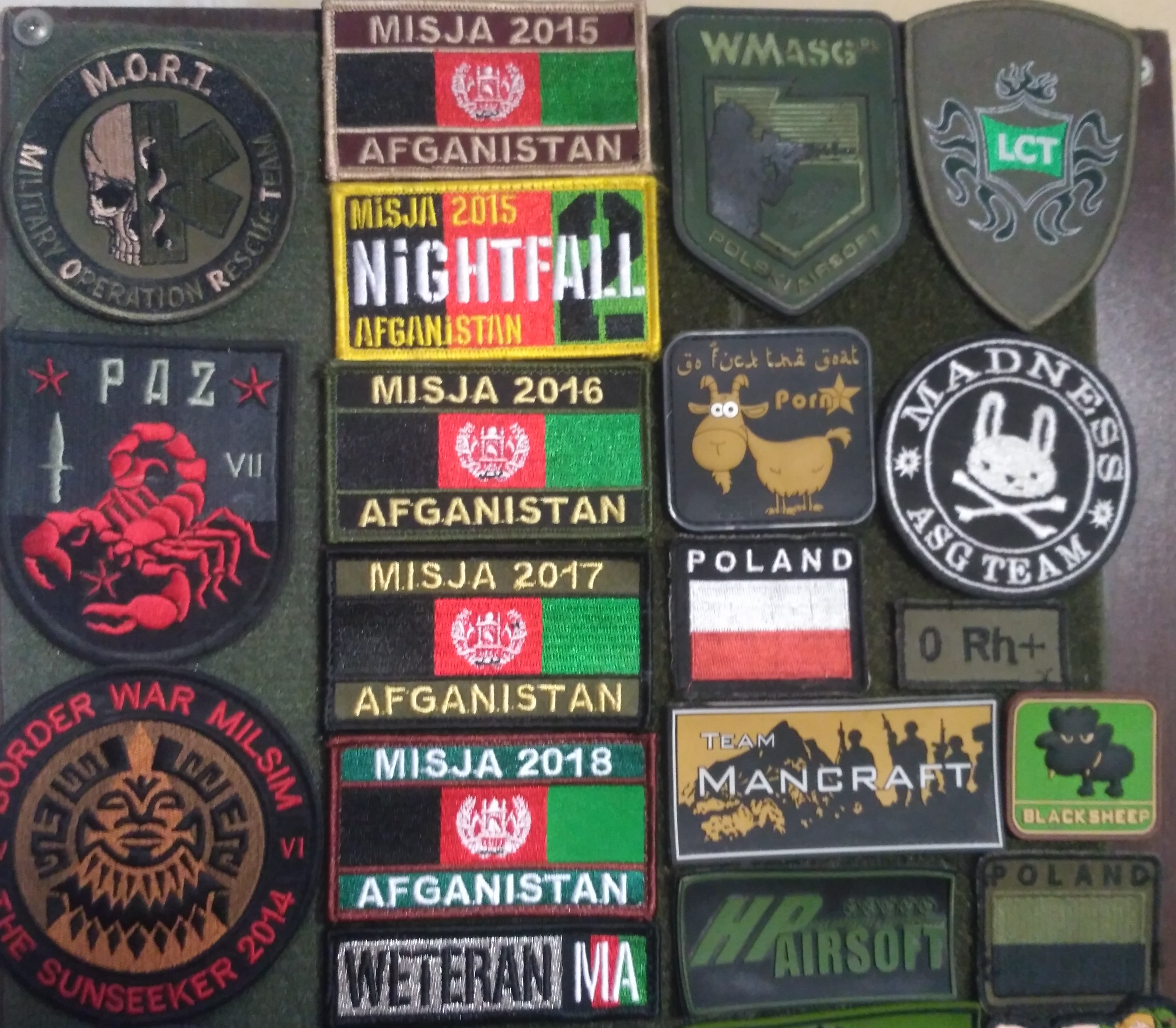
Thank you for reading.
– Mendi


